NASA's Perseverance rover gets stunning view of big Mars crater from slippery slope (video, photos)

© NASA/JPL-Caltech/ASU/MSSS

© NASA/JPL-Caltech/ASU/MSSS

© CCTV+

© Getty Images

© NASA

© NASA

© Daein Ballard, CC BY-SA

© NOAA

© VCG/VCG via Getty Images

© ESA/Hubble & NASA, M. Sun

© Capital One
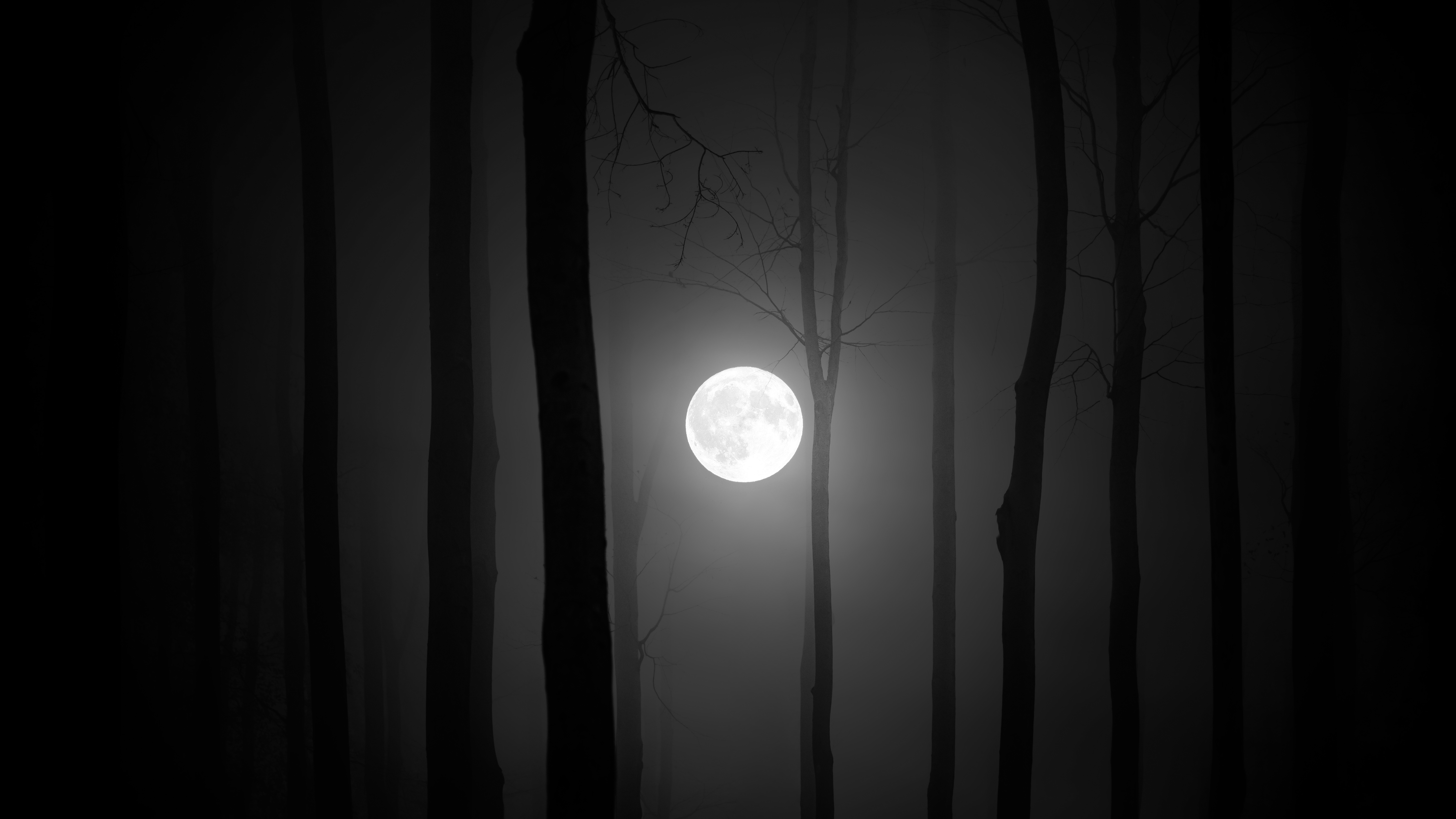
© Getty Images/Milamai

© NASA/Bill Ingalls

© SpaceX

© SpaceX

© NASA

© NASA/JPL-Caltech/UCLA/MPS/DLR/IDA

© Sony Pictures

© Marvel Comics

© ESA/NASA SOHO

© NASA+

© dima_zel via Getty Images

© Lockheed Martin

© 20th Century Studios

© Hiroto Nagai, iScience (2024)

© NASA

© ESA-ATG

© NASA

© Alejomiranda via Getty Images

© Disney/Pixar

© NASA

© NASA Earth Observatory/Landsat

© Robert Lea (created with Canva)
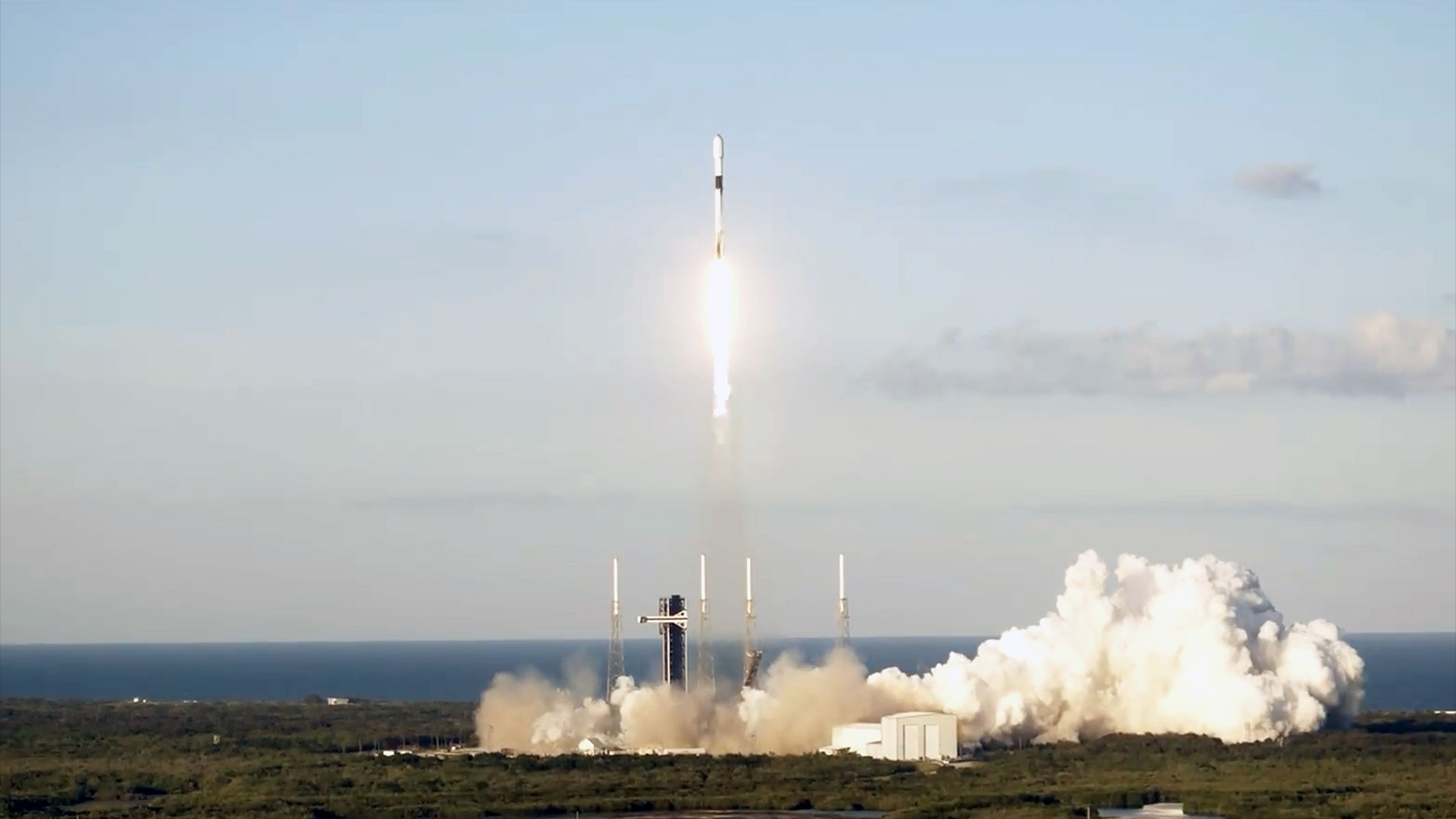
© SpaceX via X

© NASA Earth Observatory images by Michala Garrison, using Landsat data from the U.S. Geological Survey

© TWiT
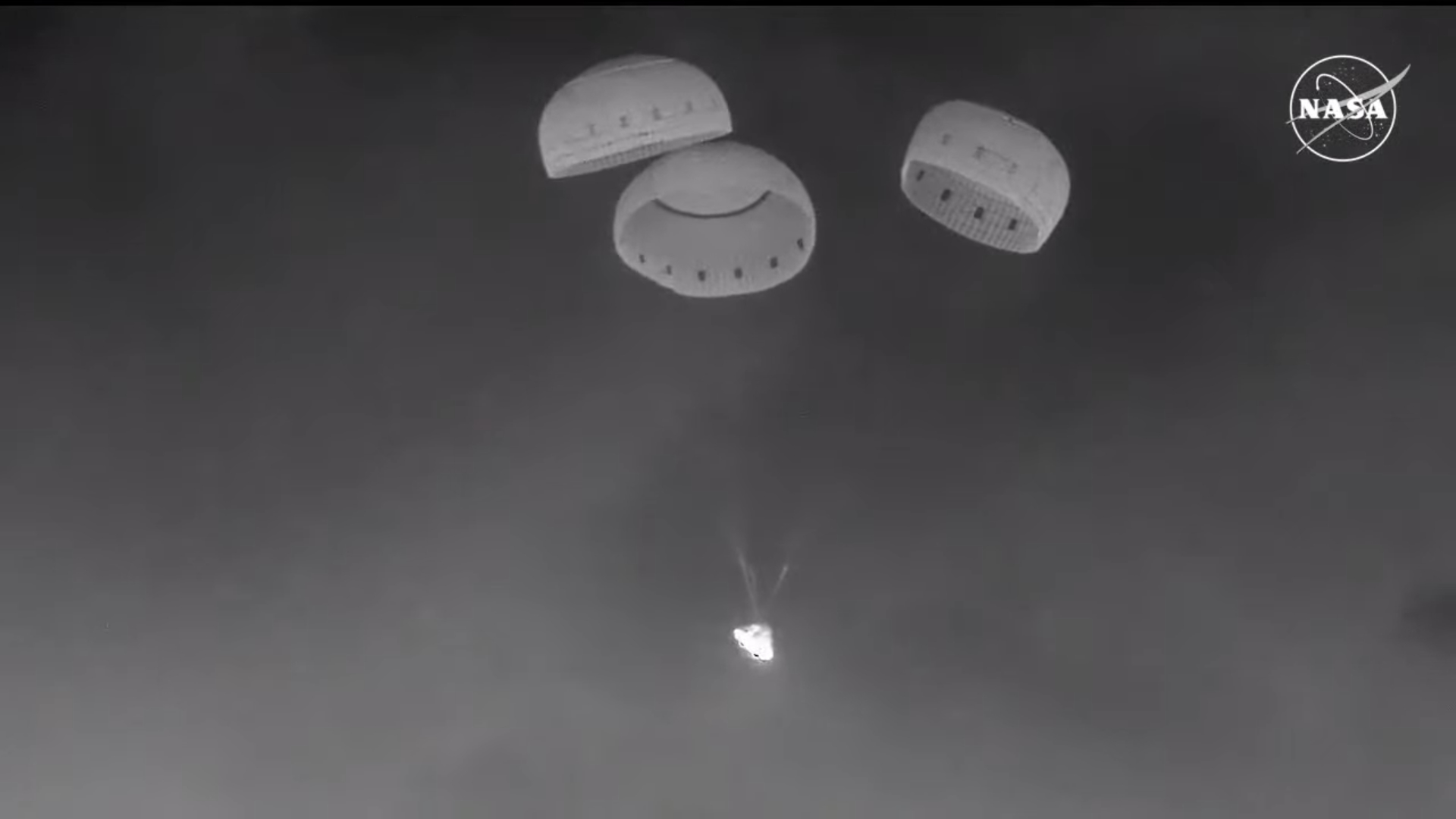
© NASA TV

© RR Auction/NASA via collectSPACE.com

© Daisy Dobrijevic

© NASA/SOFIA/Lynette Cook

© IDW Publishing

© ESA/Webb, NASA & CSA, P. Zeidler, E. Sabbi, A. Nota, M. Zamani (ESA/Webb)

© U.S. Naval Research Laboratory

© 20th Century Studios

© CCTV

© Future/Amazon

© NASA/ESA and Jeff Hester (Arizona State University).

© CCTV
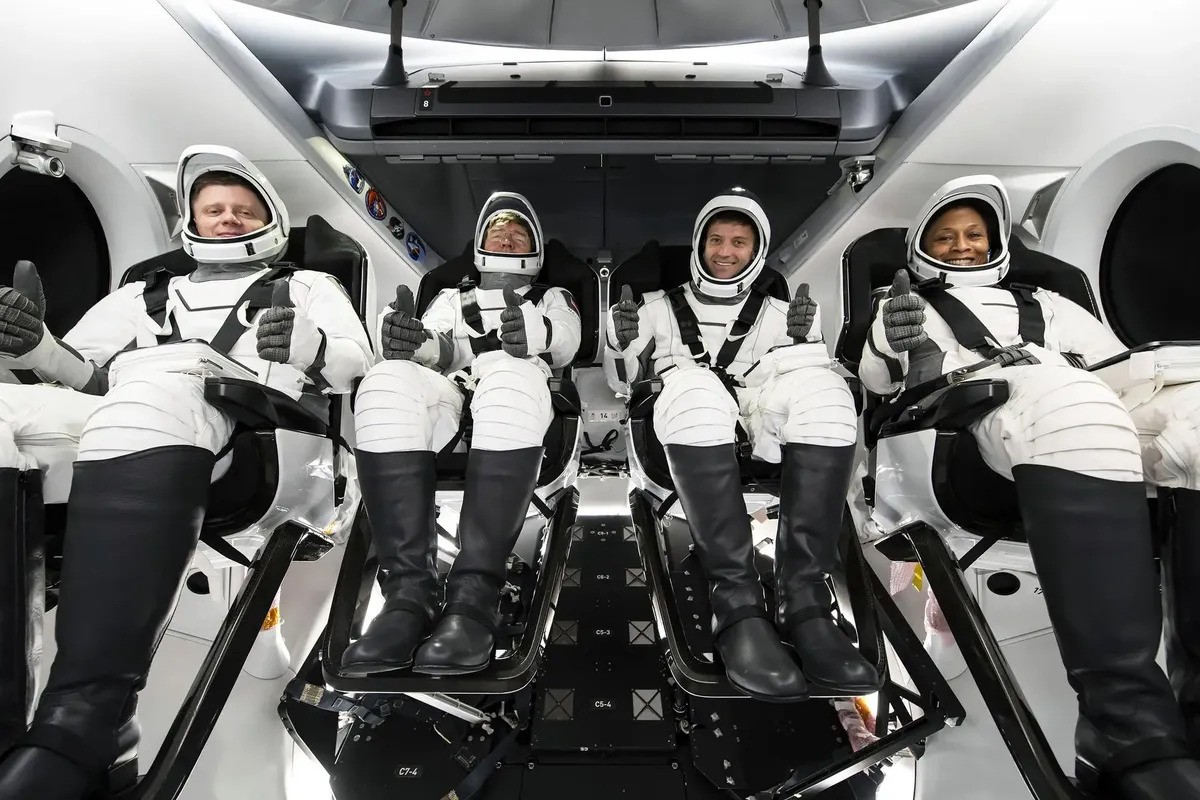
© NASA

© Smithsonian

© NASA

© Robert Lea (created with Canva)
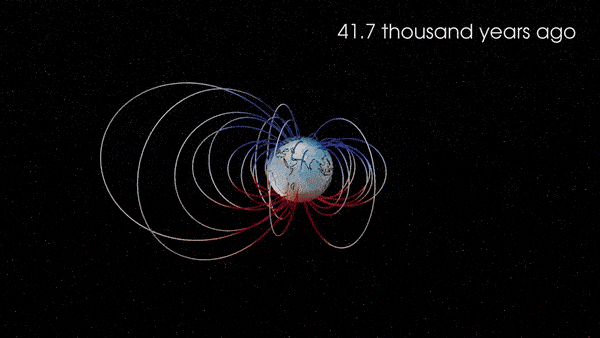
© Animation and science: Maximilian Arthus Schanner and Guram Kervalishvili (GFZ); Sound: Klaus Nielsen (DTU Space)

© Paramount+

© International Gemini Observatory/NOIRLab/NSF/AURA/J. Miller and M. Rodriguez (International Gemini Observatory/NSF NOIRLab)/T. A. Rector (University of Alaska Anchorage/NSF NOIRLab)/M. Zamani (NSF NOIRLab)/Jisu Kang (Seoul National University)

© NASA+

© Deep Blue Aerospace

© NOAA/NASA

© NASA’s Chandra X-ray Observatory and Adam Block of the University of Arizona’s Mt. Lemmon SkyCenter

© NASA/Bill Ingalls

© NASA/JPL-Caltech/STScI
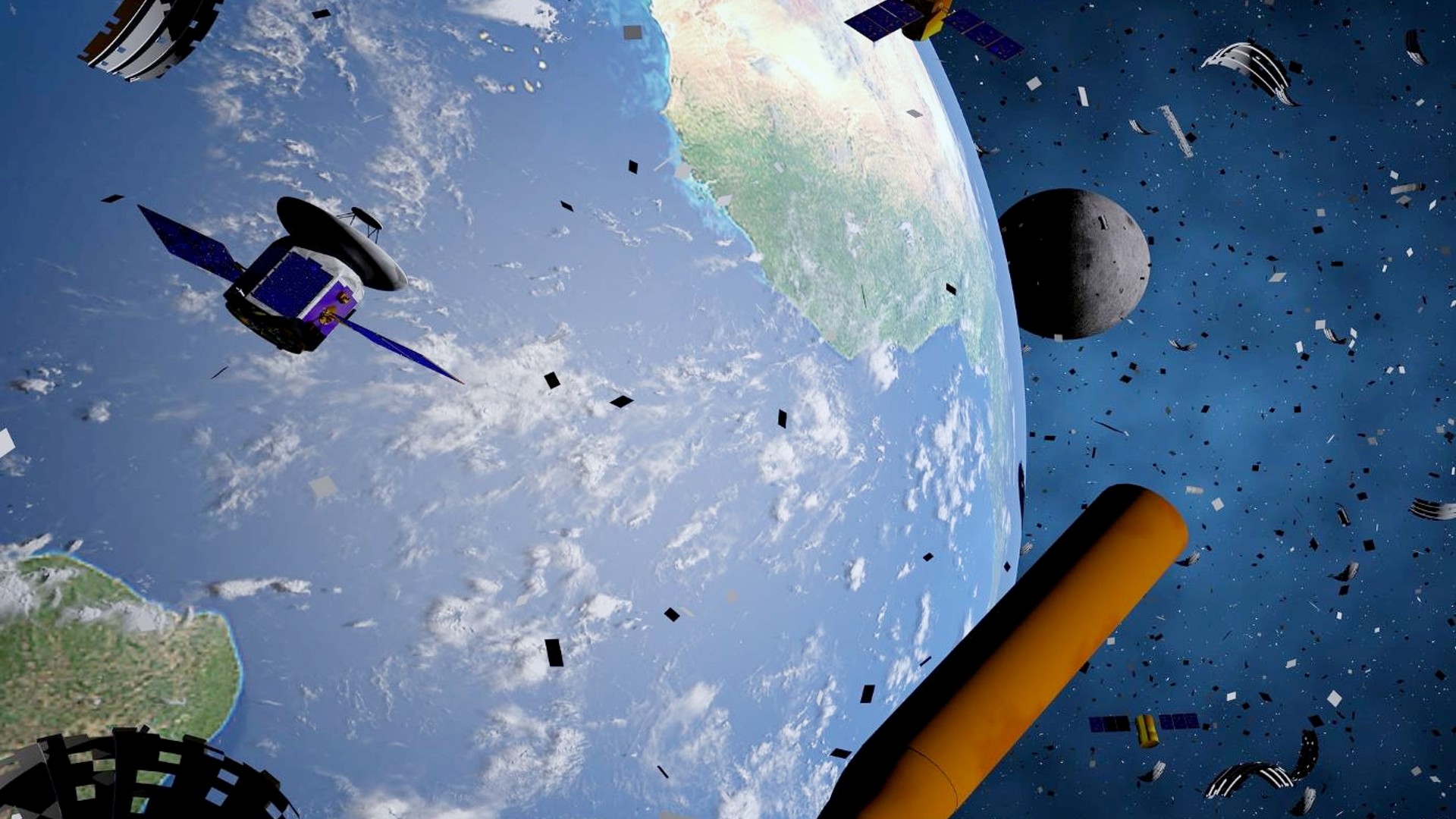
© NASA

© Paramount+
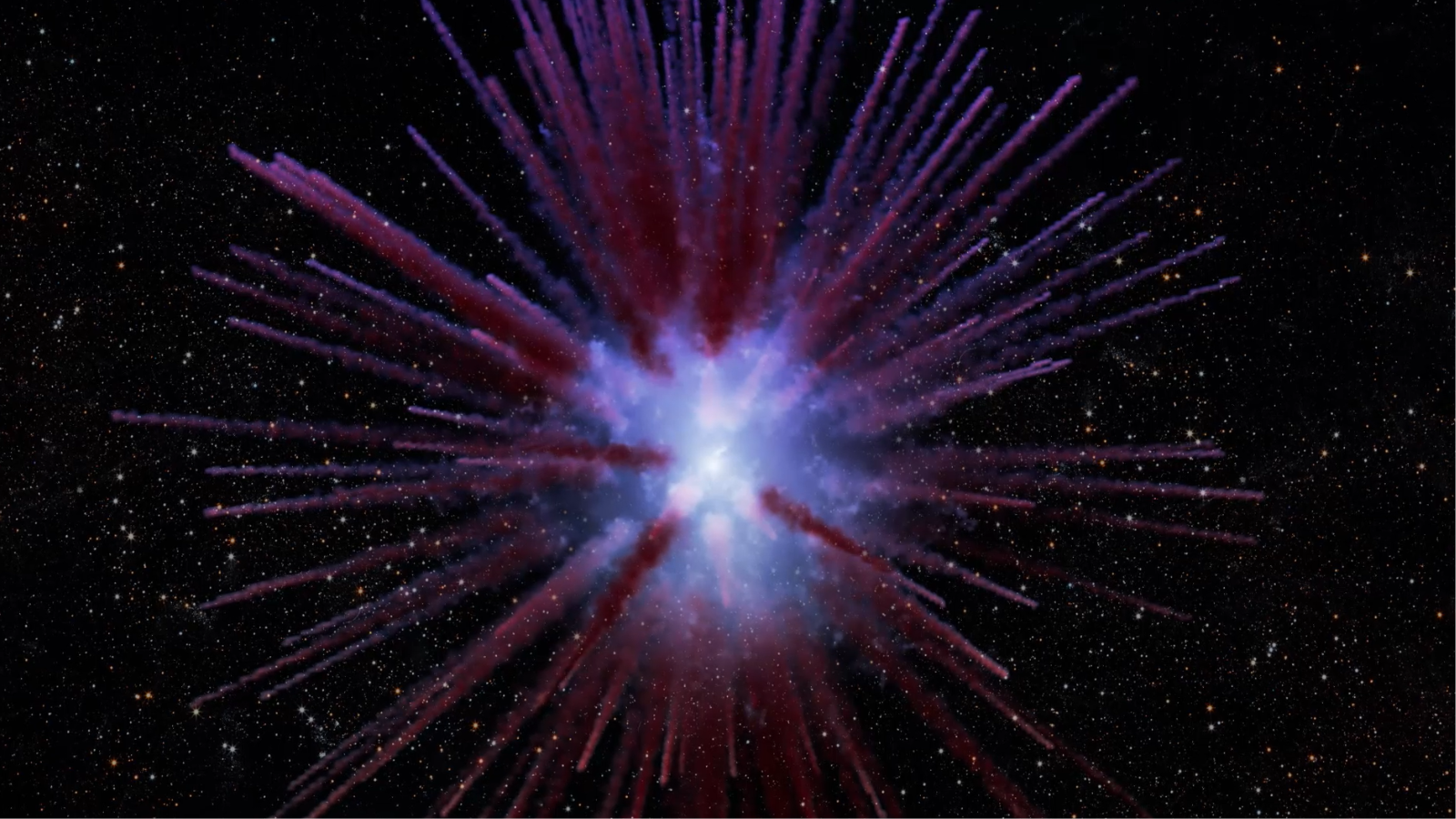
© Adam Makarenko

© Future/Amazon


© Space Solar

© NASA / SDO and the AIA, EVE, and HMI science teams, helioviewer.org

© Astra/NASASpaceflight.com

© Robert Lea (created with Canva)

© SpaceX

© SpaceX

© Hulu

© Space.com / Josh Dinner

© Blue Origin/Amaranthine Books/collectSPACE.com

© Paul M.

© Boeing

© Future/Celestron

© 20th Century Studios

© Photo by <a href="https://unsplash.com/@shutter_speed_?utm_content=creditCopyText&amp;utm_medium=referral&amp;utm_source=unsplash">Shutter Speed</a> on <a href="https://unsplash.com/photos/a-toy-shopping-cart-BQ9usyzHx_w?utm_content=creditCopyText&amp;utm_medium=referral&amp;utm_source=unsplash">Unsplash</a>

© NASA

© Sony Pictures
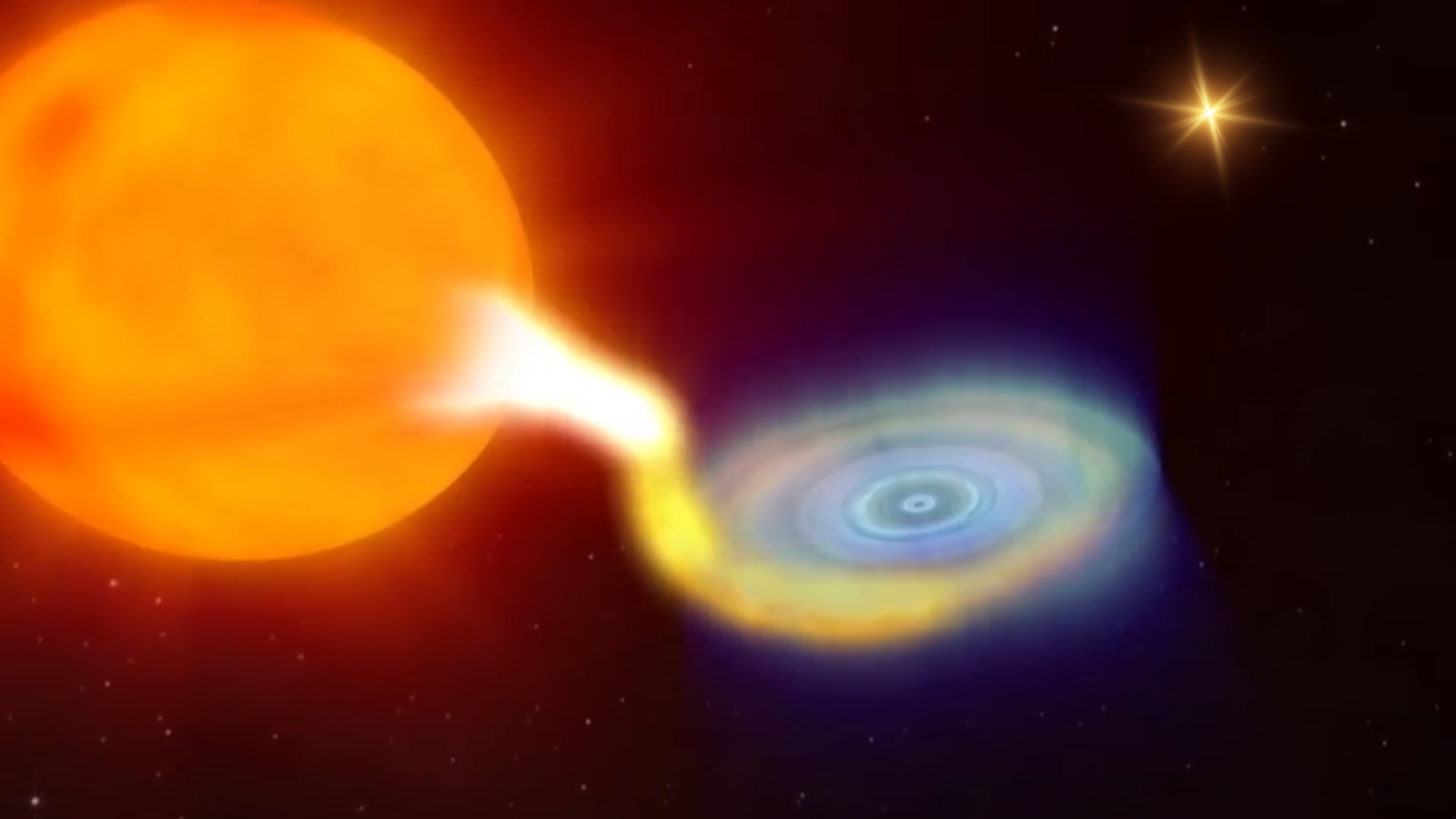
© NASA

© NASA/Don Pettit

© Dark Horse Books

© Netflix

© JAXA
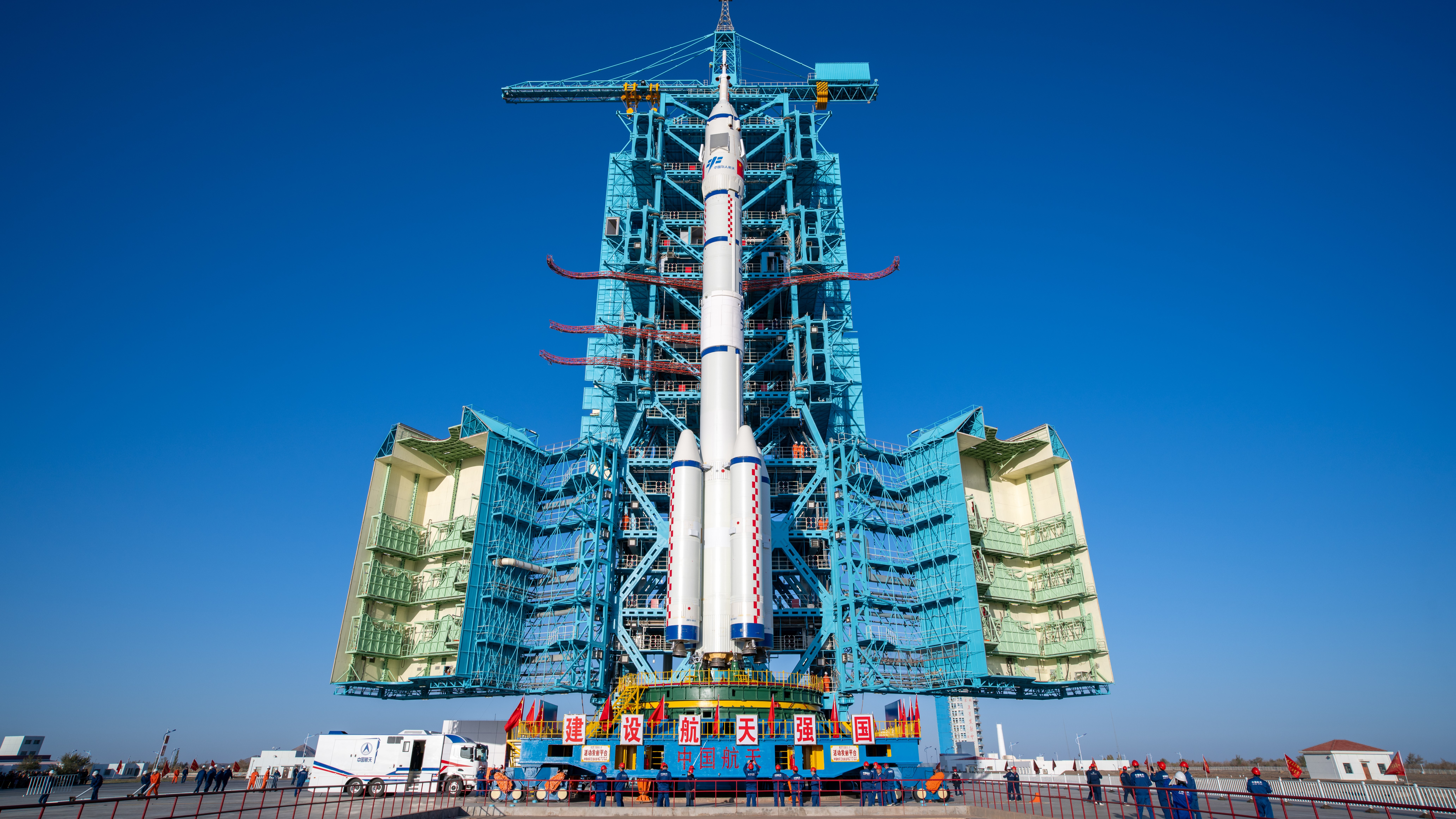
© VCG/VCG via Getty Images

© Christina Eilers/EIGER team

© SpaceX

© SpaceX
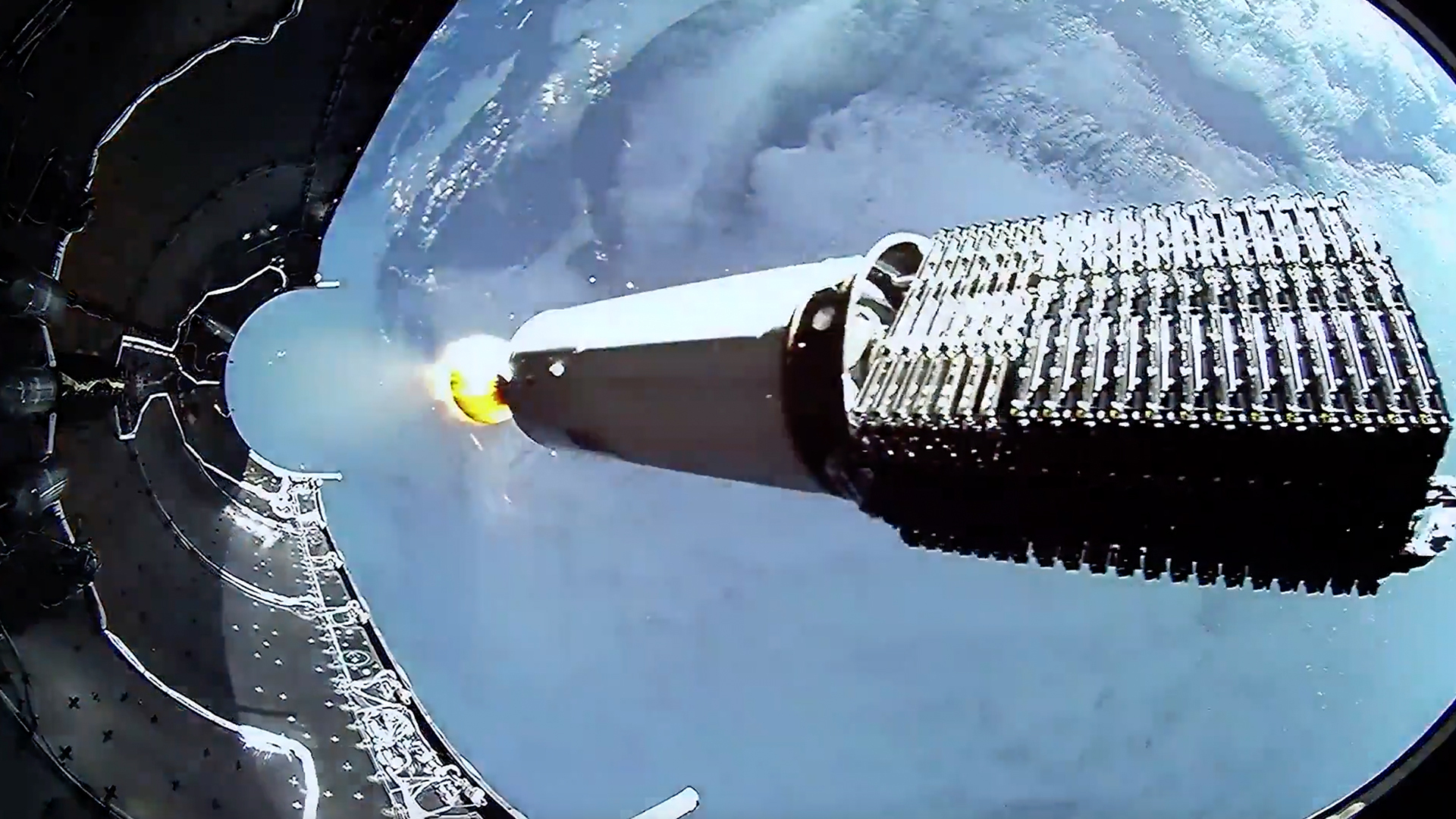
© SpaceX

© Qian Weizhong/VCG via Getty Images

© Lucy Reading-Ikkanda/Simons Foundation

© NASA/GSFC/University of Arizona

© Kevin Mazur/Getty Images for iHeartMedia/ Daniel Pomarède, et al. Nature

© Josh Dinner

© Prime Video

© NASA/Caltech-IPAC/Robert Hurt

© NASA

© NASA

© SXS (Simulating eXtreme Spacetimes) Project

© Archetype Entertainment
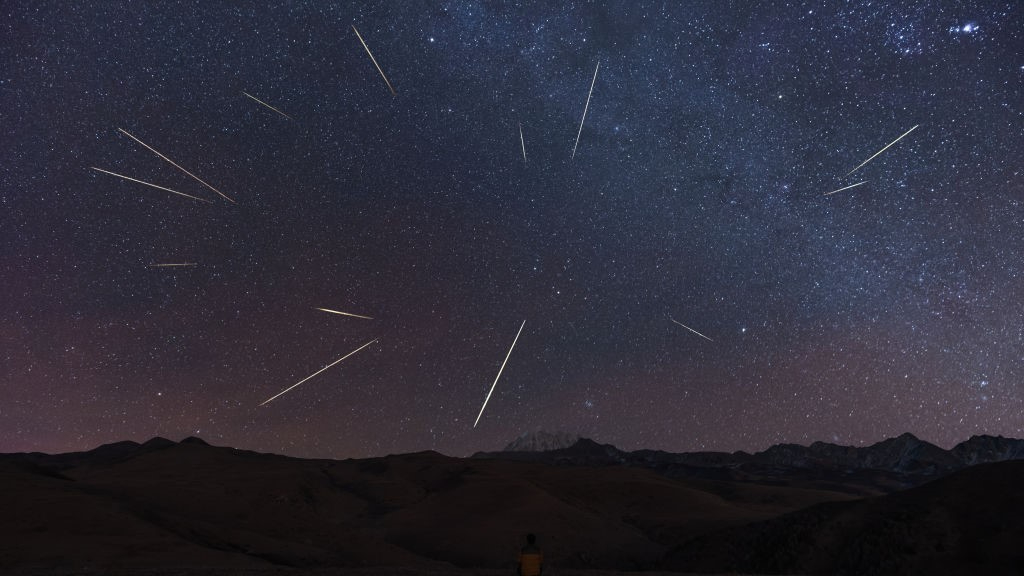
© Costfoto/Future Publishing via Getty Images
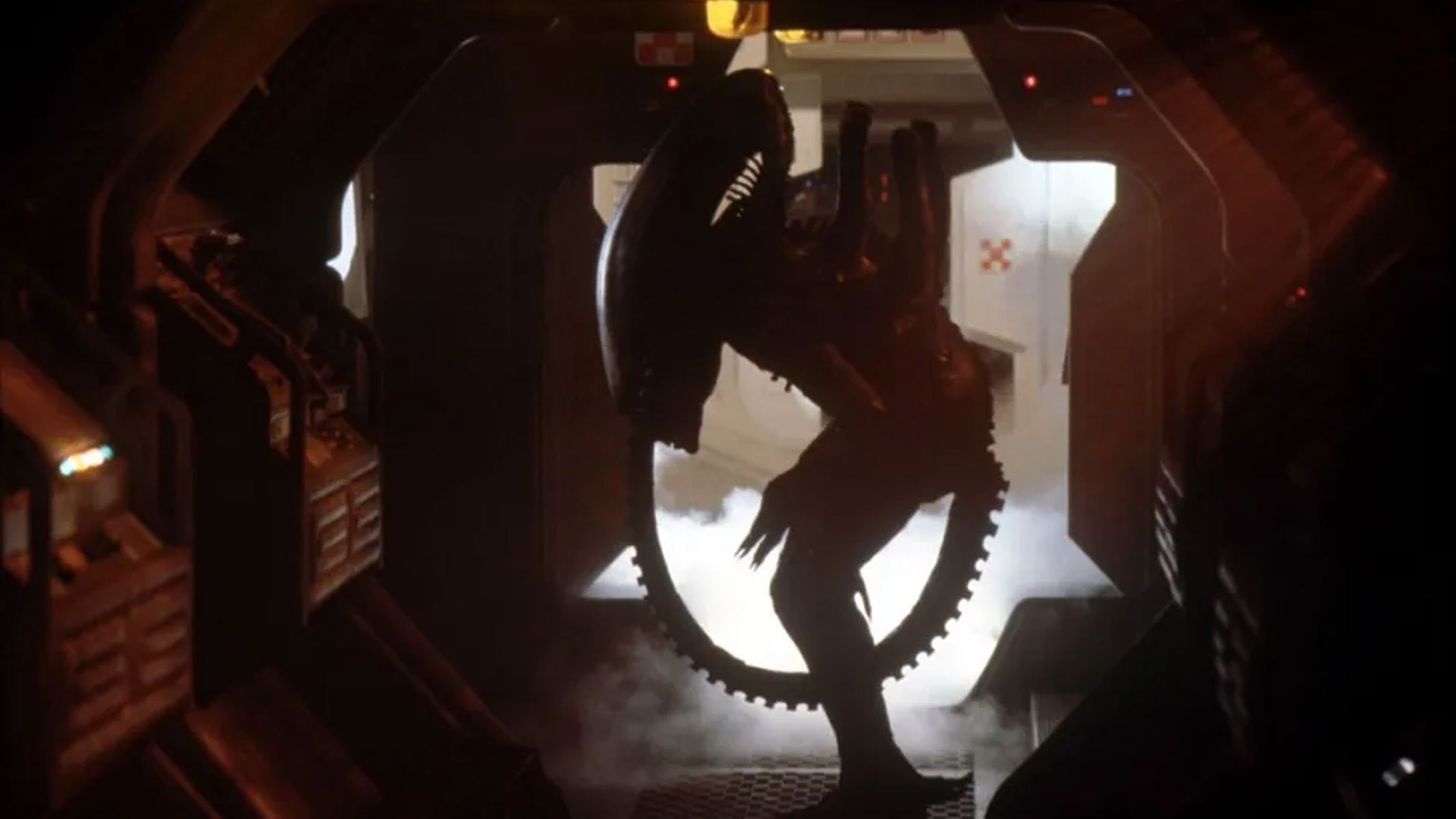
© 20th Century Studios

© Nicolas Rasmont/University of Illinois Urbana-Champaign

© Getty Images

© Blackstone Publishing

© Disney+

© Martin Vardic

© Doritos via collectSPACE.com

© Warner Bros. Pictures
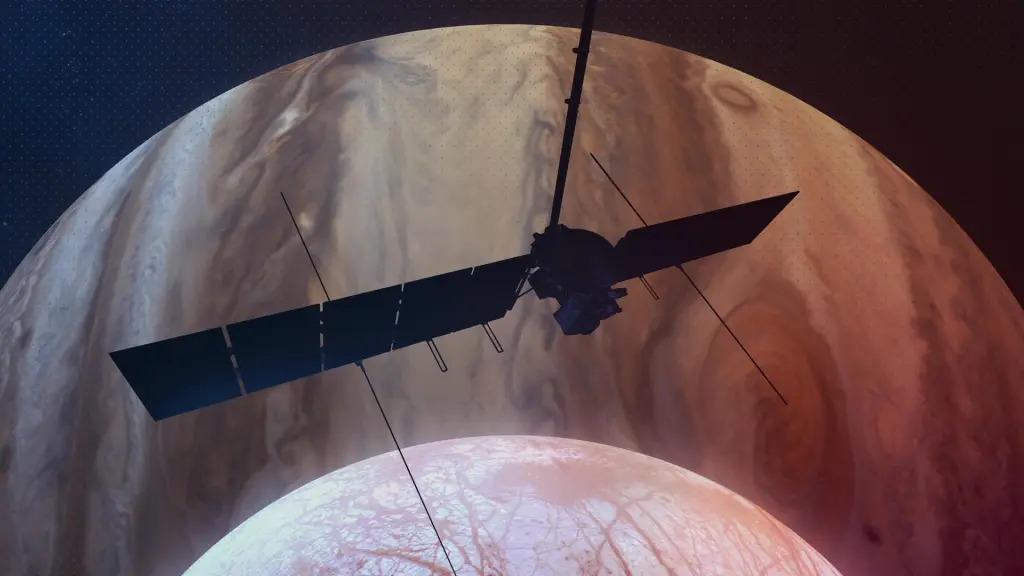
© NASA

© NASA/Daniel Rutter

© Atticus Films

© Max Space

© Paramount+
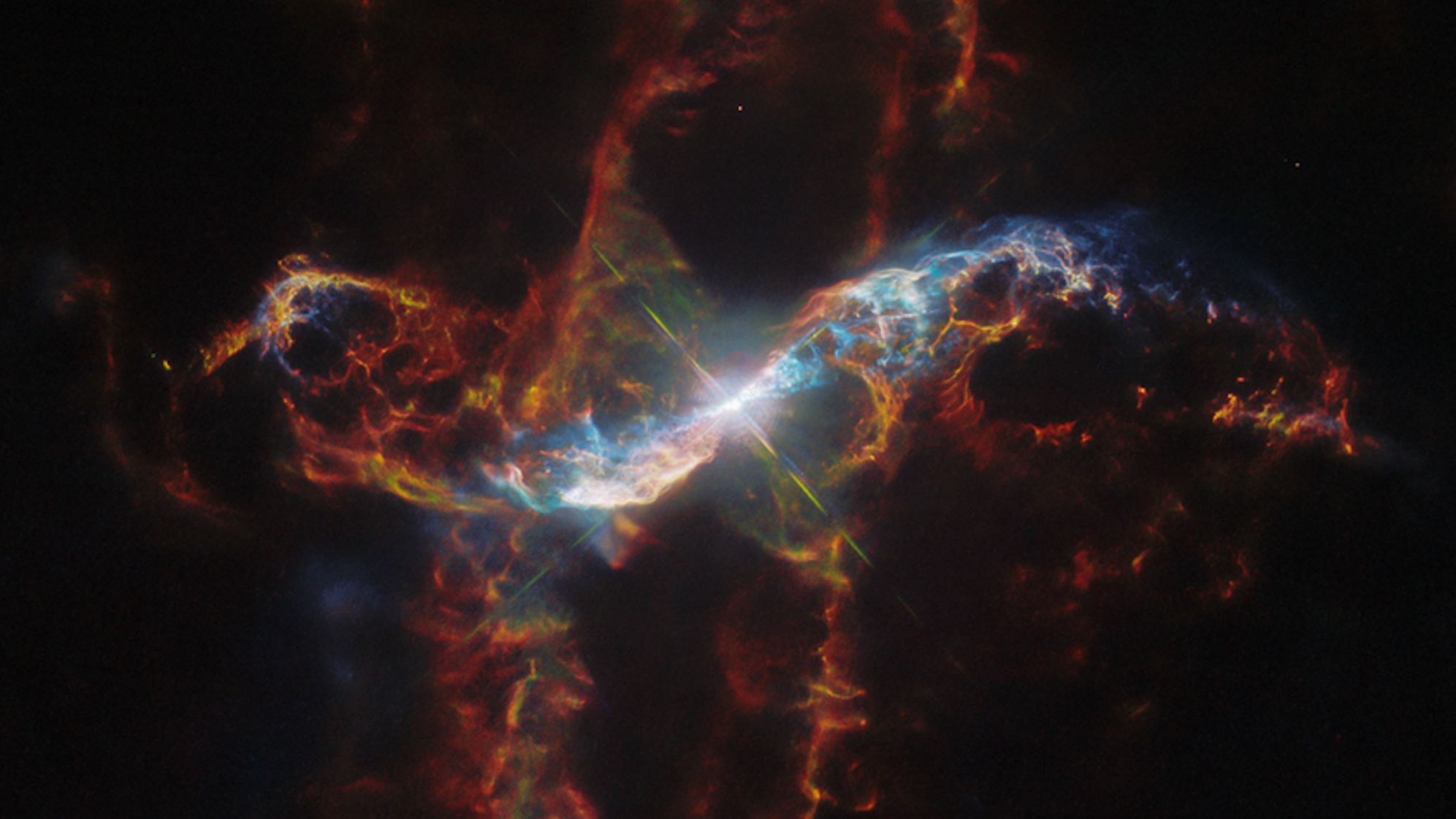
© NASA, ESA, Matthias Stute , Margarita Karovska , Davide De Martin (ESA/Hubble), Mahdi Zamani (ESA/Hubble)

© SpaceX

© Futute/Bethesda

© TWiT

© NASA/Chris Gunn

© SpaceX via X

© 20th Century Studios

© HBO

© SpaceX

© SpaceX via X
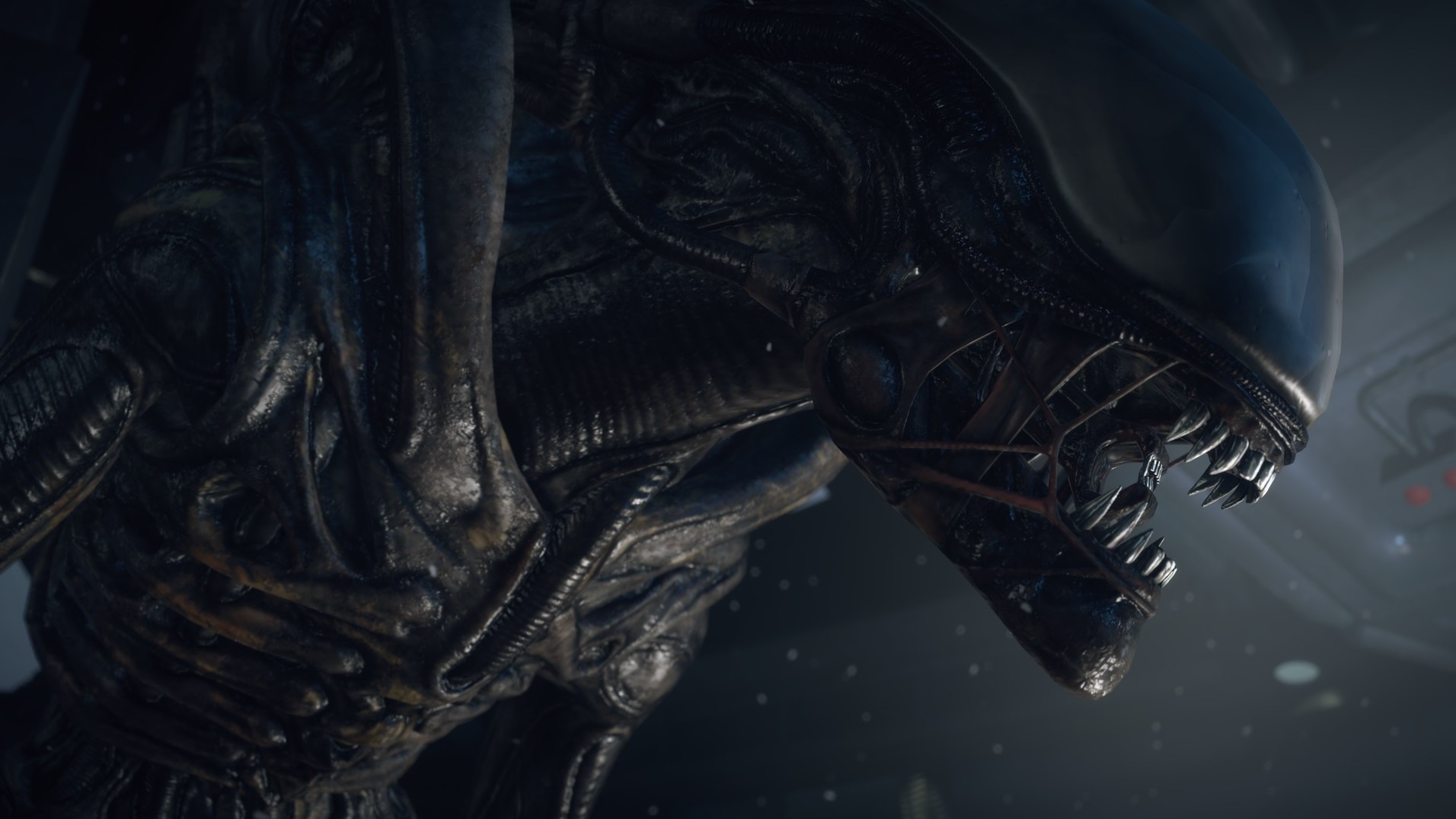
© Sega

© UCLA EPSS/NASA SVS

© Netflix

© Sierra Space

© Shoreline Films via collectSPACE.com

© OHB Italia
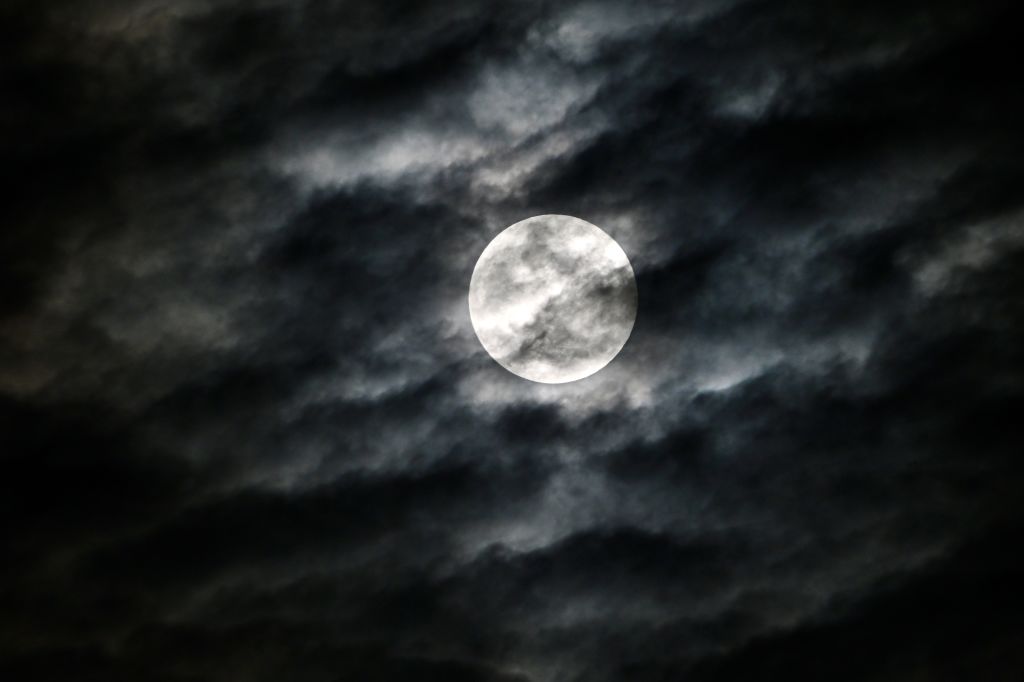
© Getty Images/China News Service

© Aditya Madhavan

© VCG/VCG via Getty Images

© NASA/JPL-Caltech

© Josh Dinner/Future

© ESA-ATG

© Carolco Pictures

© Space Perspective

© ESA

© SpaceX via X

© China National Space Administration

© NASA/JPL-Caltech/University of Arizona.

© Ubisoft

© Paramount+

© Zabed Hasnain Chowdhury/NurPhoto/David McNew/Getty Images

© SpaceX

© Andrew Jones/Space.com

© NASA

© NASA
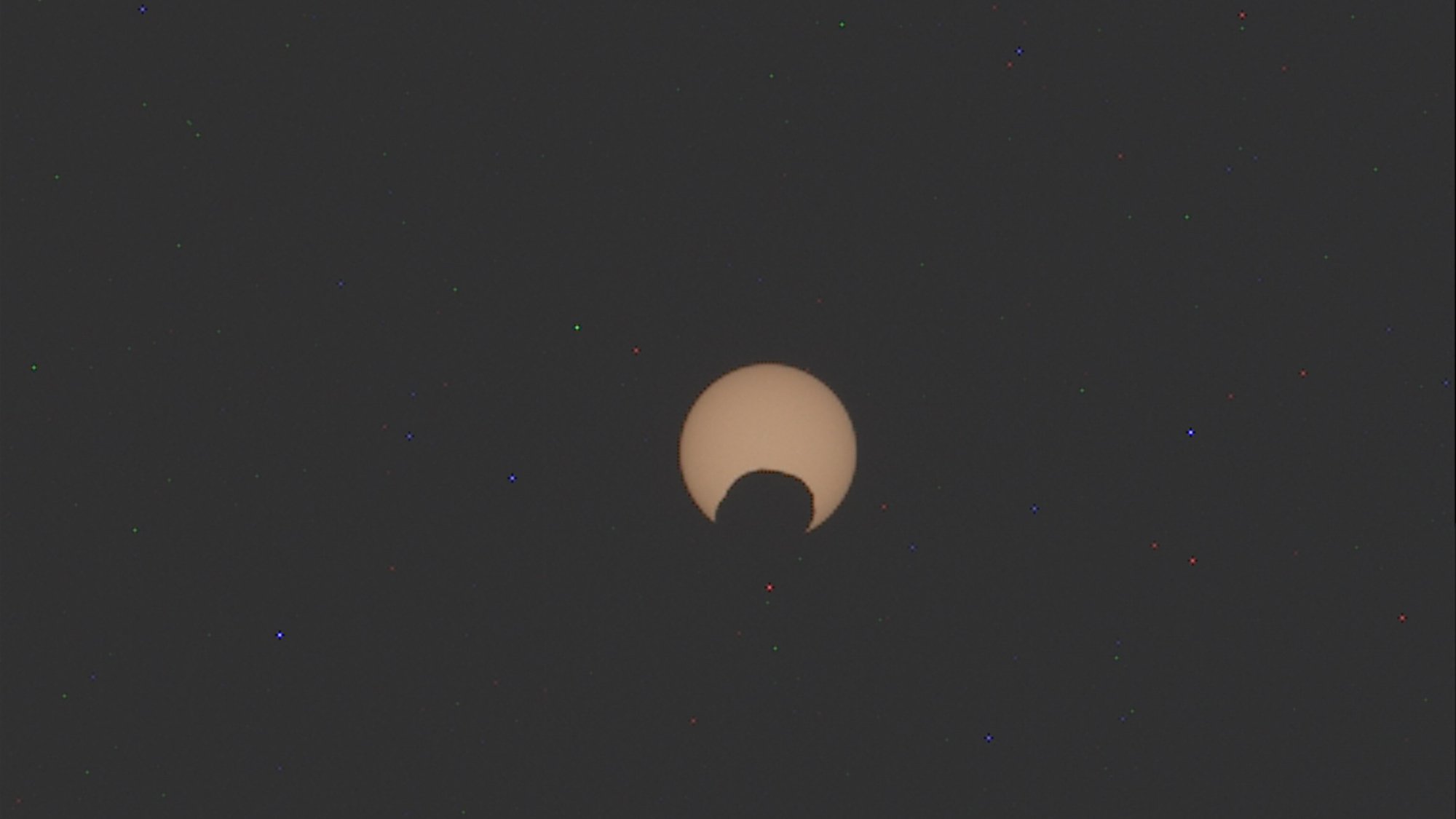
© NASA/JPL-Caltech/ASU

© NASA/MAVEN/The Lunar and Planetary Institute

© Disney
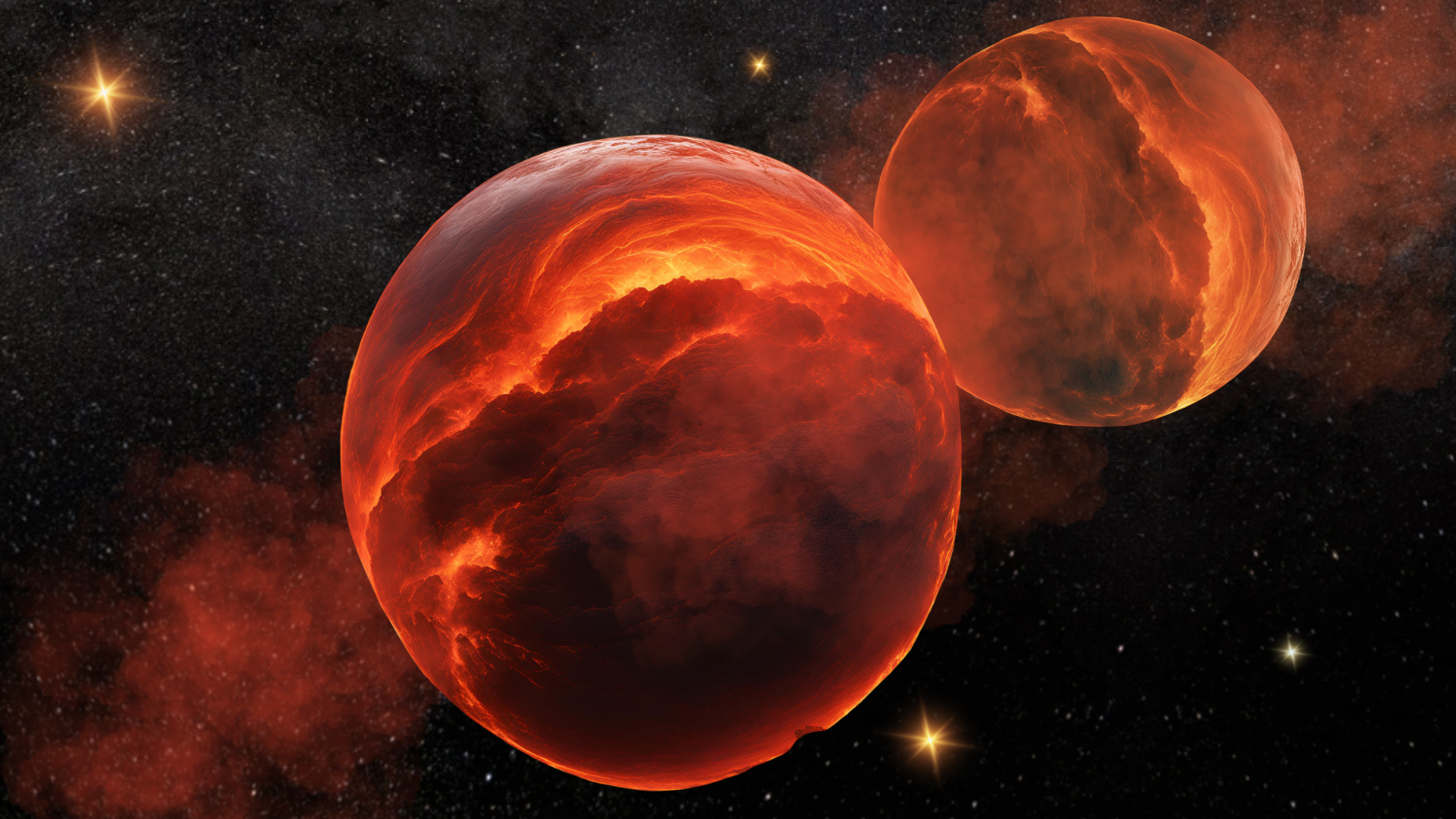
© Robert Lea (created with Canva)

© Smithsonian/collectSPACE.com

© Axiom Space

© SpaceX via X

© NASA

© Space.com/ Josh Dinner

© NASA
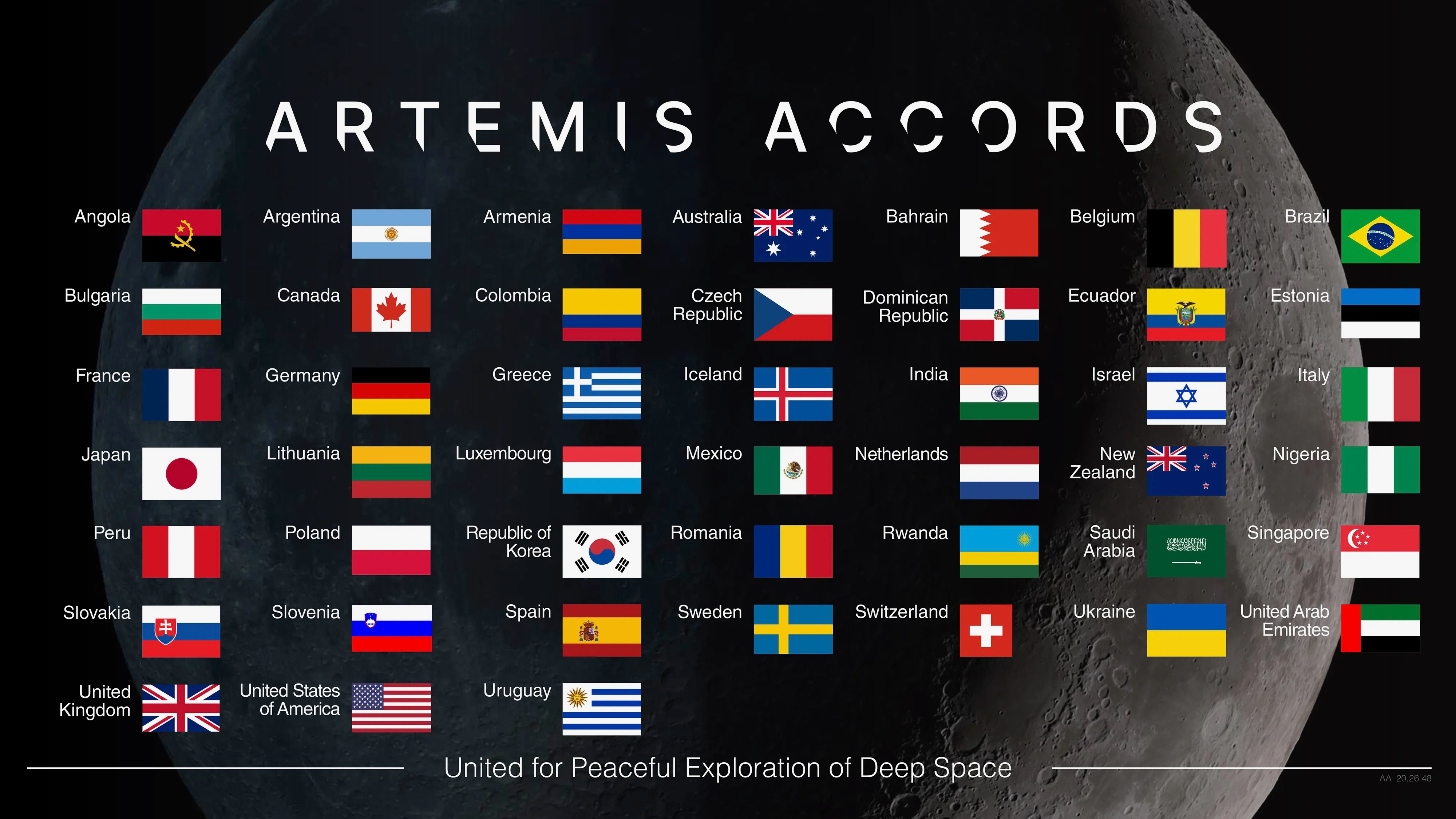
© NASA

© VAST

© SpaceX
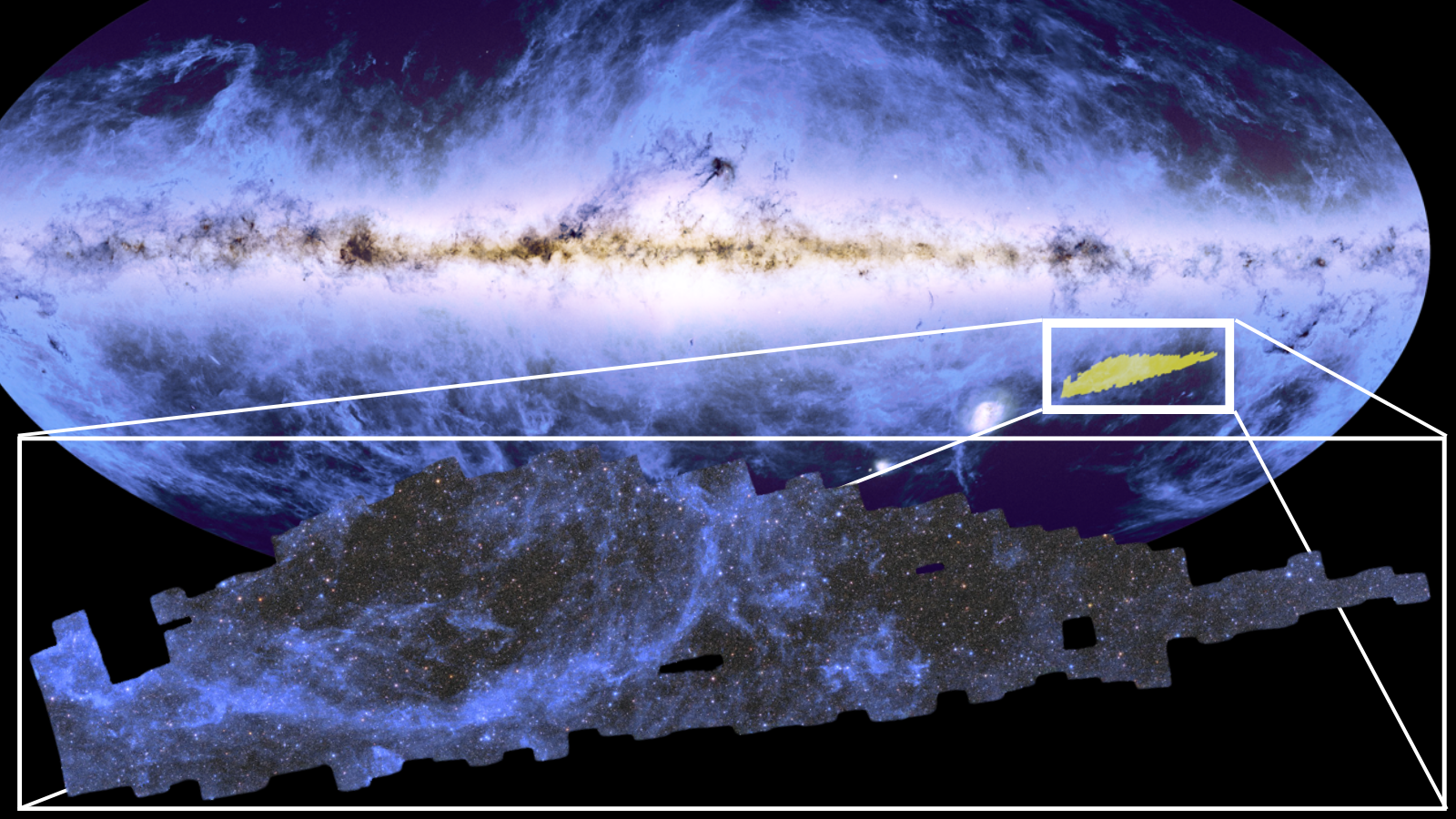
© ESA/Euclid/Euclid Consortium/NASA, CEA Paris-Saclay, image processing by J.-C. Cuillandre, E. Bertin, G. Anselmi CC BY-SA 3.0 IGO

© DAMIEN MEYER/AFP via Getty Images
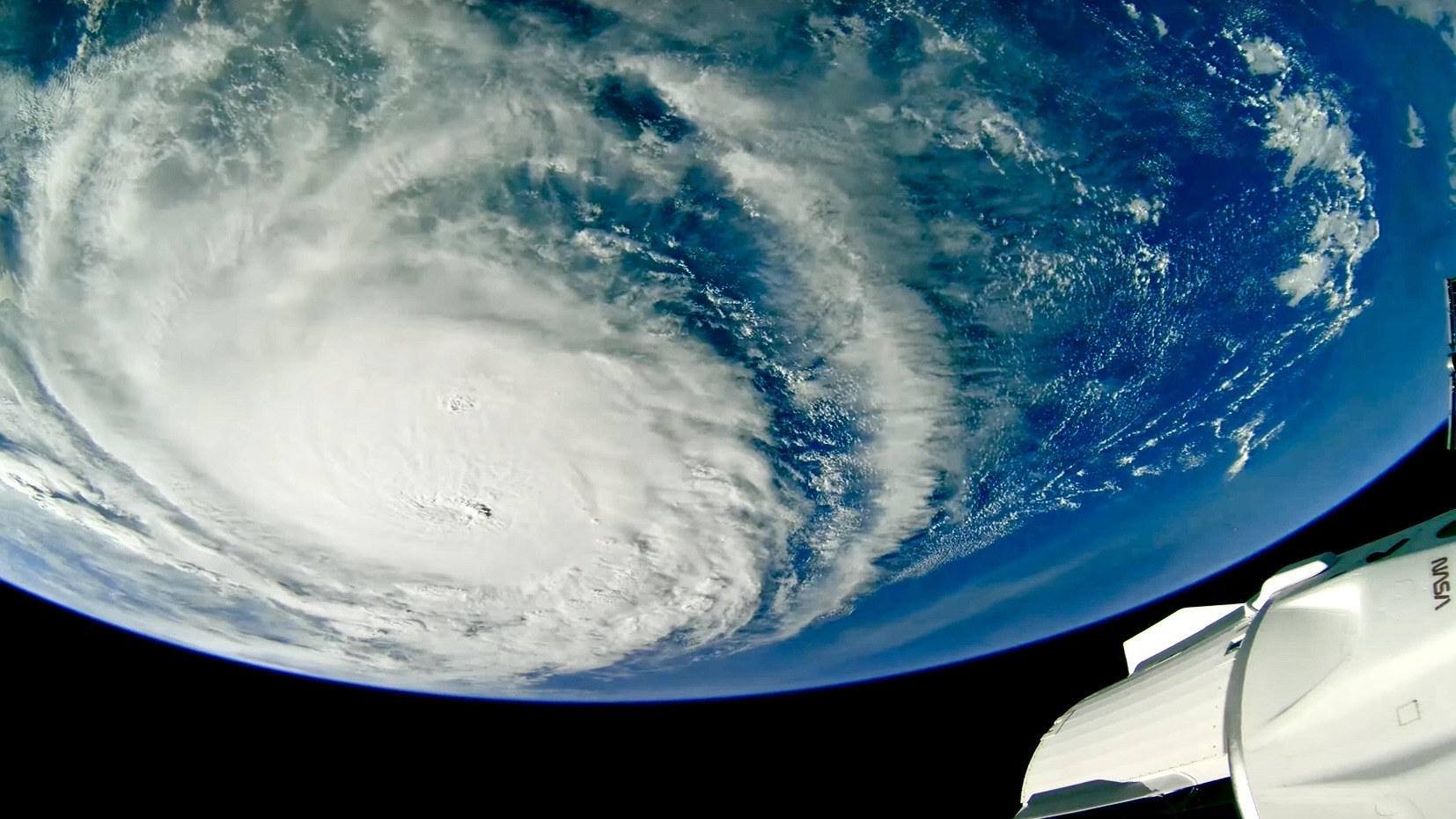
© Sen

© ESA

© Victor Habbick Visions/Science Photo Library via Getty Images

© Paul Fleet / shutterstock

© IllFonic

© National Geographic

© Ian Stokes

© Julien's Auctions

© Illustration by NASA/Daniel Rutter
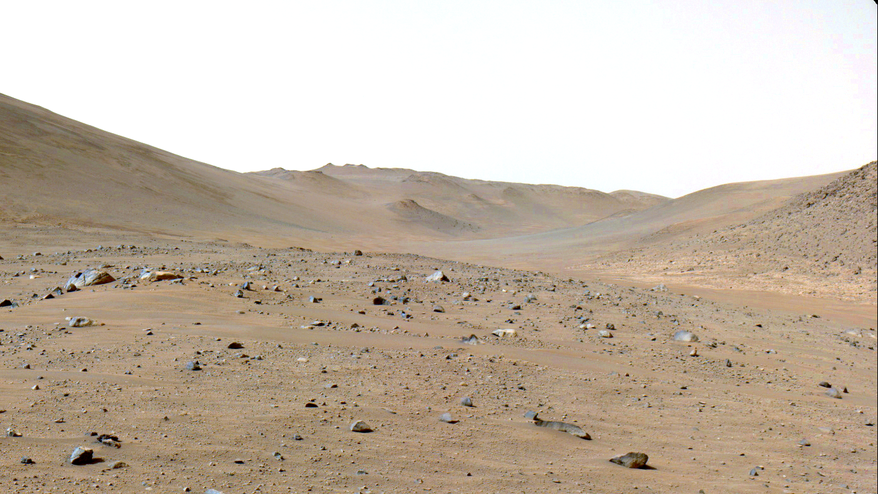
© NASA

© SpaceX

© NASA TV

© X-ray: NASA/CXC/Queen's Univ. Belfast/M. Nicholl et al.; Optical/IR: PanSTARRS, NSF/Legacy Survey/SDSS; Illustration: Soheb Mandhai / The Astro Phoenix; Image Processing: NASA/CXC/SAO/N. Wolk

© California Science Center

© Warner Bros.
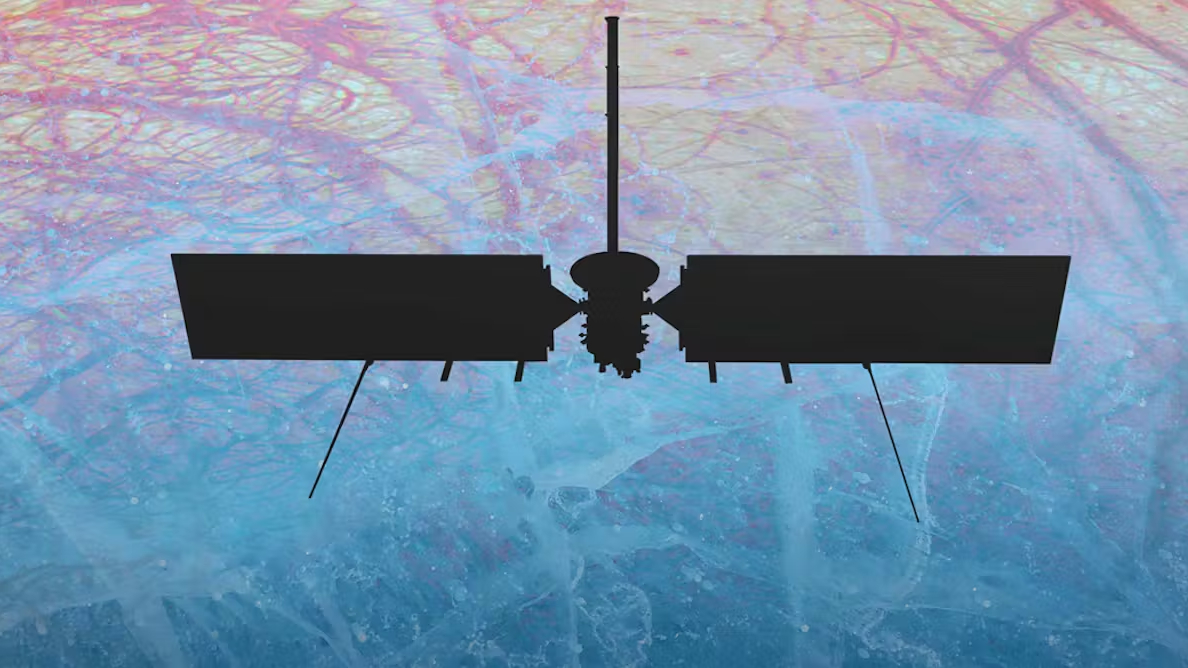
© NASA/JPL-Caltech
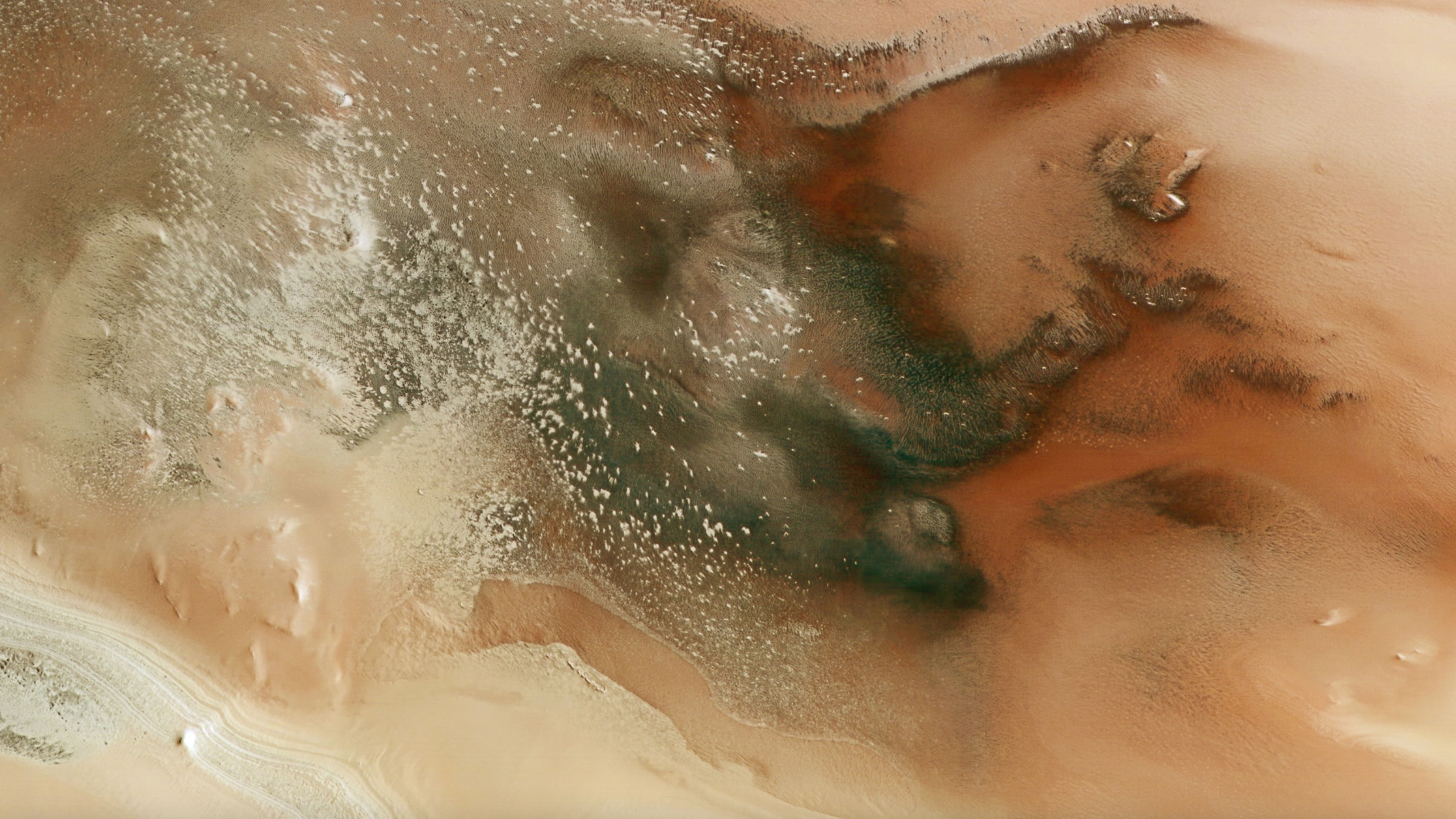
© ESA/DLR/FU Berlin

© Robert Lea (created with Canva)/ K. Franson., et al/ the Astrophysical Journal Letters
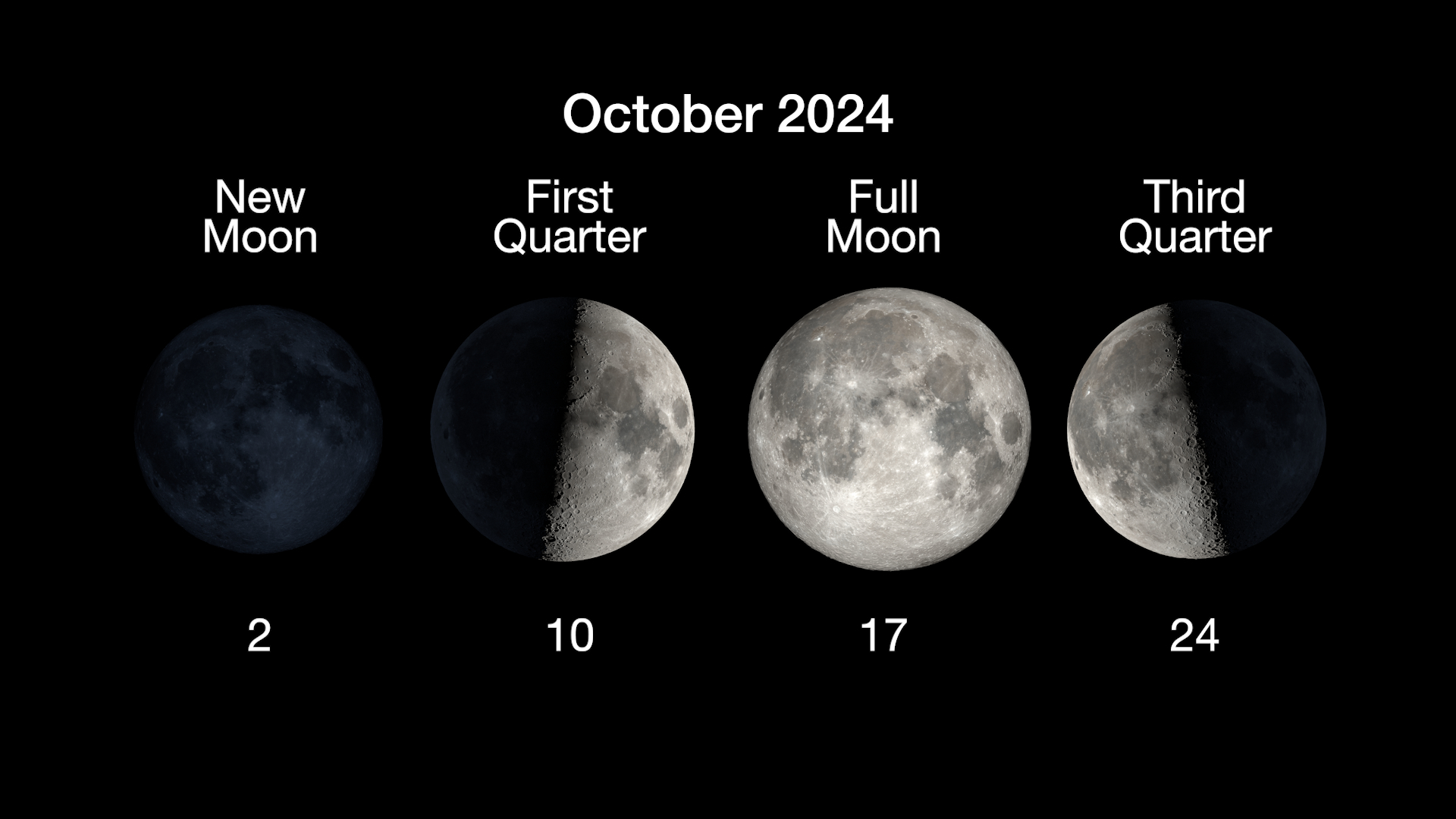
© NASA/JPL-Caltech

© NASA

© SpaceX/NASA/JPL

© Sergio Flores/AFP via Getty Images

© Dark Horse Comics

© NASA
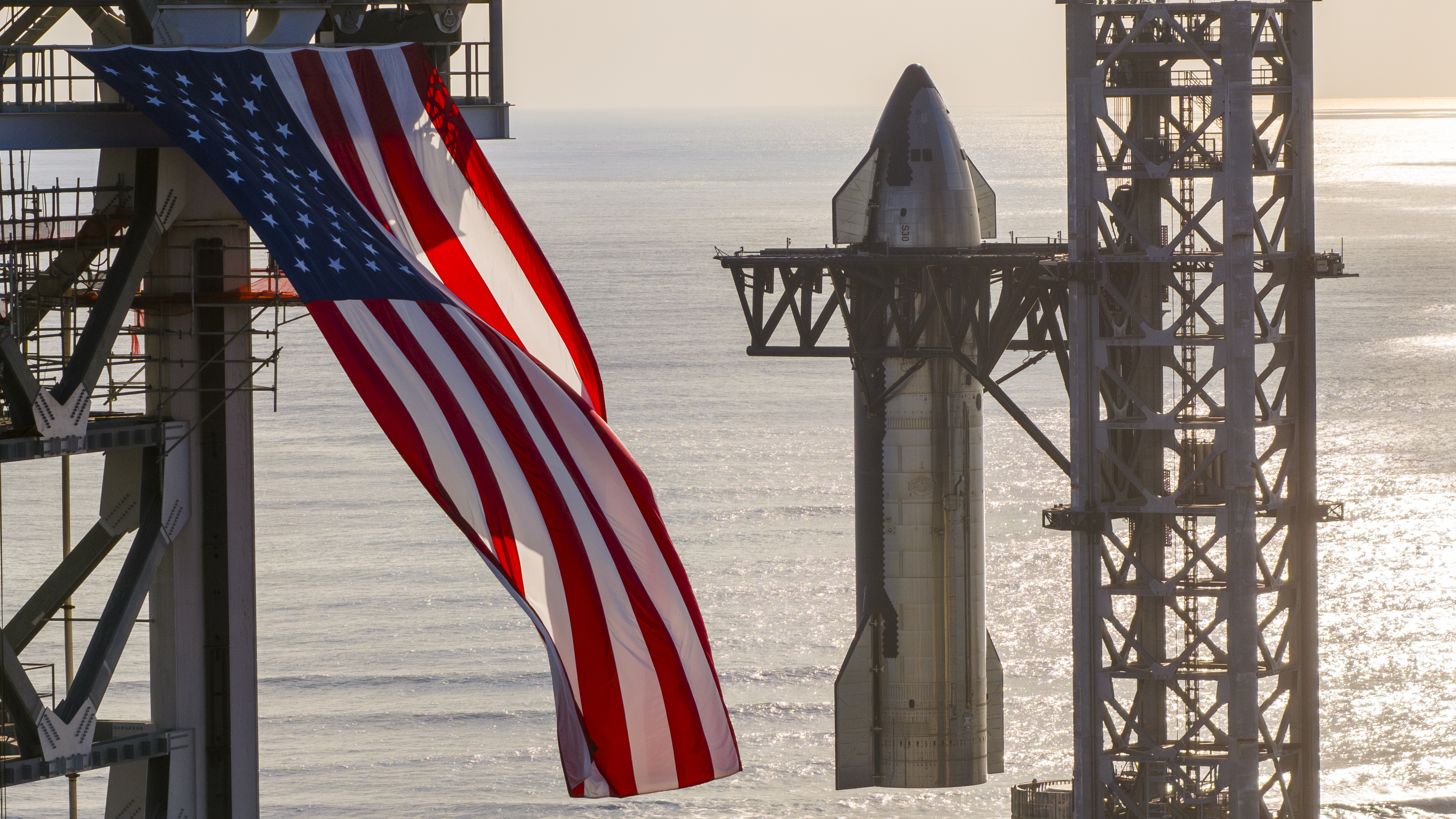
© SpaceX

© NASA/Matthew Dominick

© NASA Kennedy Space Center

© TWiT

© SpaceX

© SpaceX

© NASA/Don Pettit

© JADES Collaboration

© Robert Lea (created with Canva)/Rayssa Martins/Ross Findlay

© NASA/JPL-Caltech

© Robert Lea (created with Canva)

© Boeing Space
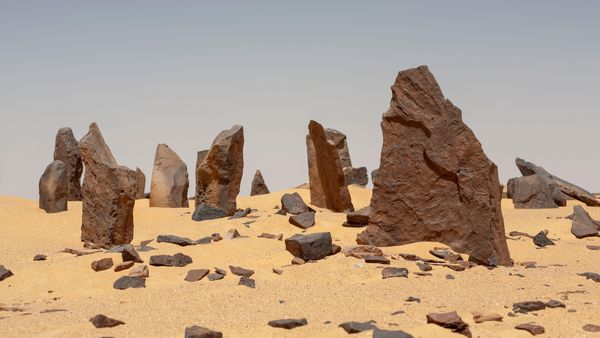
© Mike P Shepherd / Alamy Stock Photo

© ESA – A. Romeo
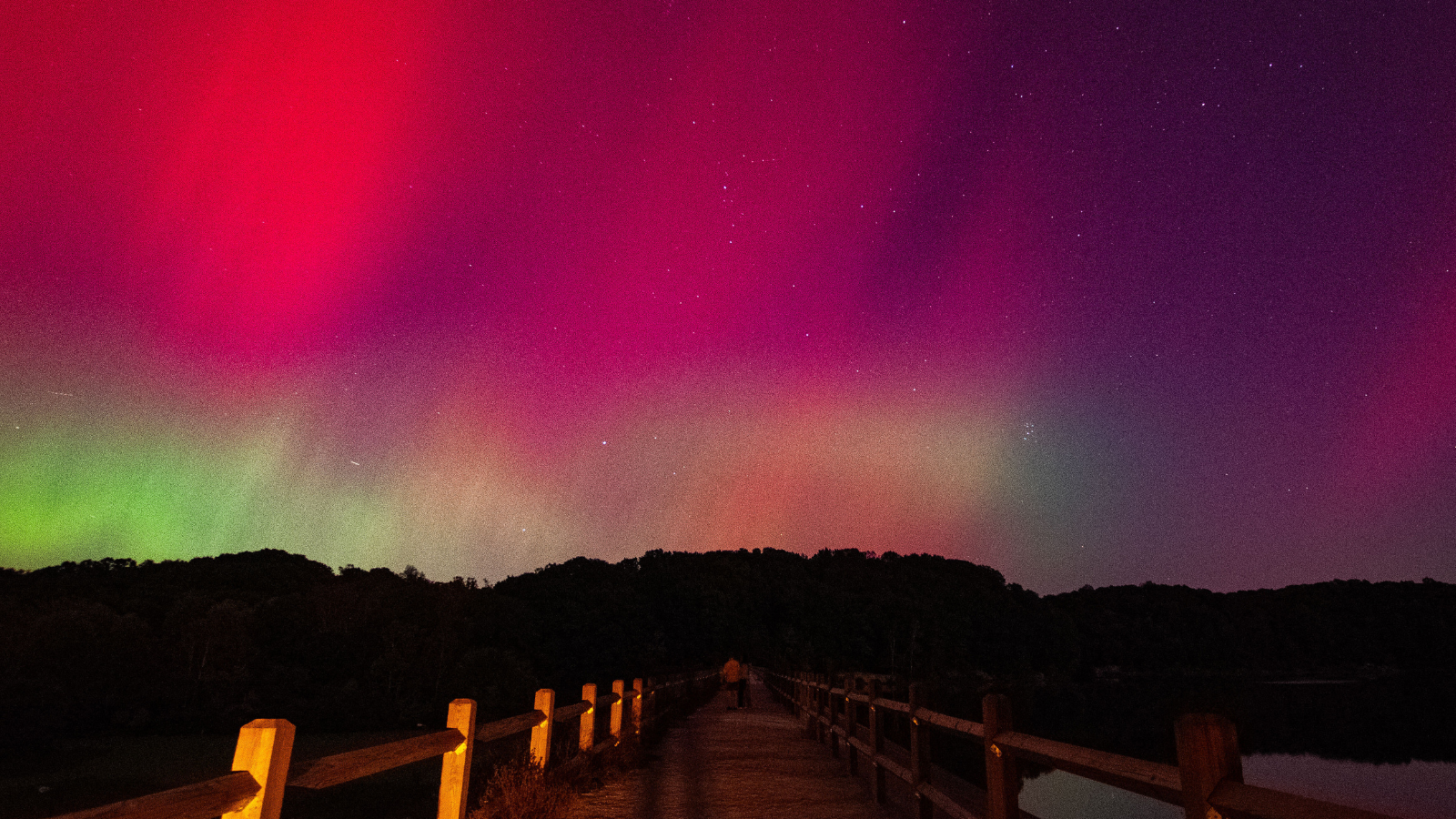
© Future/ Josh Diner

© NASA, ESA, STScI, Samantha Hasler (MIT), Amy Simon (NASA-GSFC), New Horizons Planetary Science Theme Team

© CERN

© Danielle Futselaar, James Webb Space Telescope/NIRCam - NASA, ESA, CSA and STScI.

© NASA/ESA/Amy Simon (NASA-GSFC)

© Shutterstock

© NASA/SDO

© NASA

© Sen

© CCTV

© Future/Amazon

© Chris Vaughan/Starry Night

© Shutterstock

© NASA/JHUPL/Carnegie Institution of Washington/SwRI

© NASA/NOAA

© NASA/SDO

© ESA/NASA/SOHO

© titan

© NASA/Goddard/University of Arizona

© NASA

© Future/Amazon

© Future/Amazon

© NASA/ESA/CSA/Leah Hustak (STScI)

© NASA

© collectSPACE.com

© LEGO

© Apple

© Warner Bros.

© Future/Amazon

© dima_zel via Getty Images

© Pococo/Orzors/BlissLights

© Apple, Future

© Canon, Future

© cokada/iStock/Getty Images Plus

© NASA

© Future/Hasbro

© ALMA (ESO/NAOJ/NRAO)/L. Rowland et al./ESO/J. Dunlop et al. Ack.: CASU, CALET

© NASA/JPL-Caltech

© NASA/Matthew Dominick

© Universal Pictures

© SpaceX

© NASA/SDO and the AIA, EVE, and HMI science teams, helioviewer.org

© Michael Mattiazzo

© RAND/Aerospace Corporation

© Future/Amazon

© 20th Century Studios

© Sony

© DJI, Future
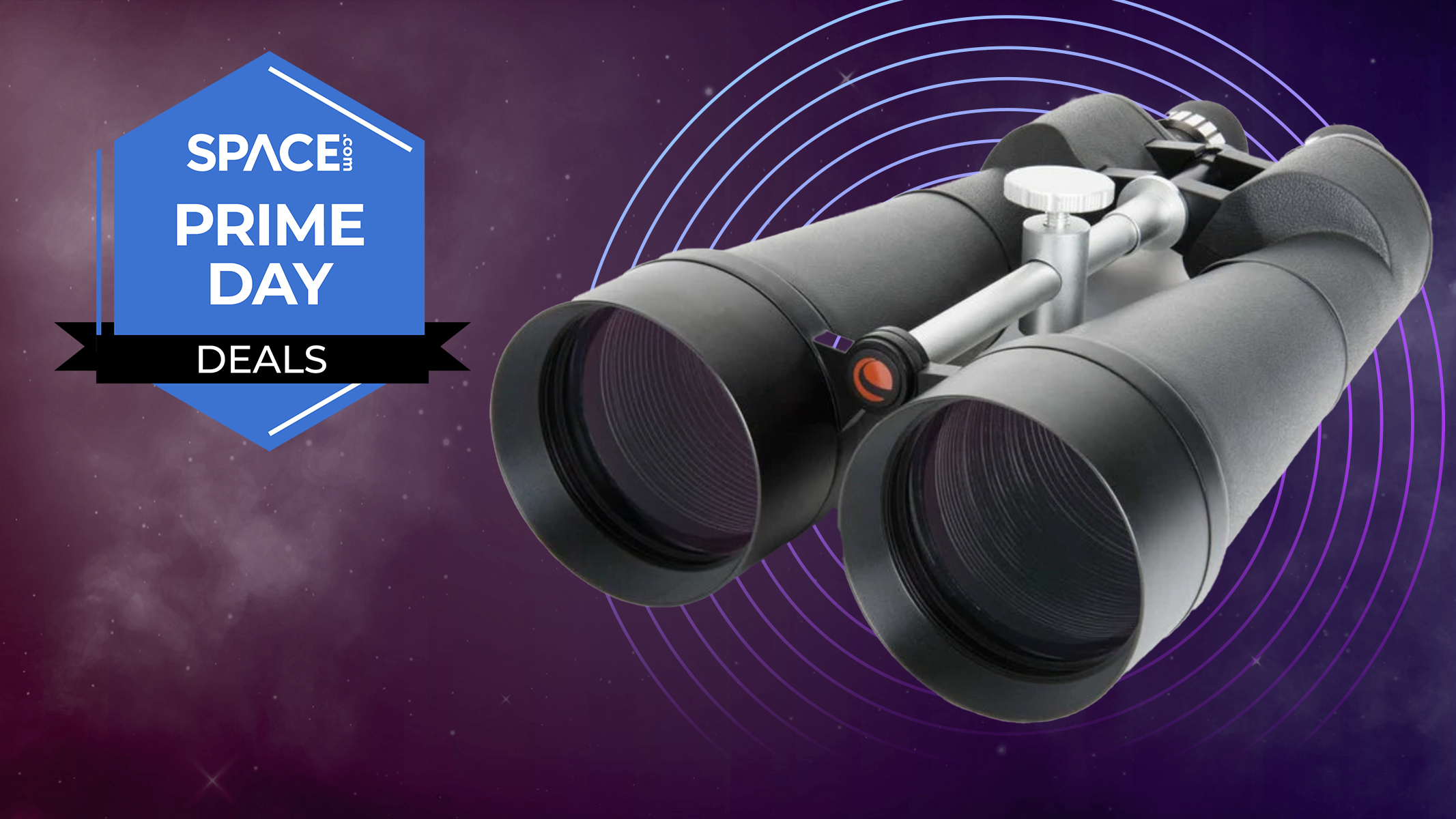
© Future/Celestron

© Future/Amazon

© Celestron

© SpaceX
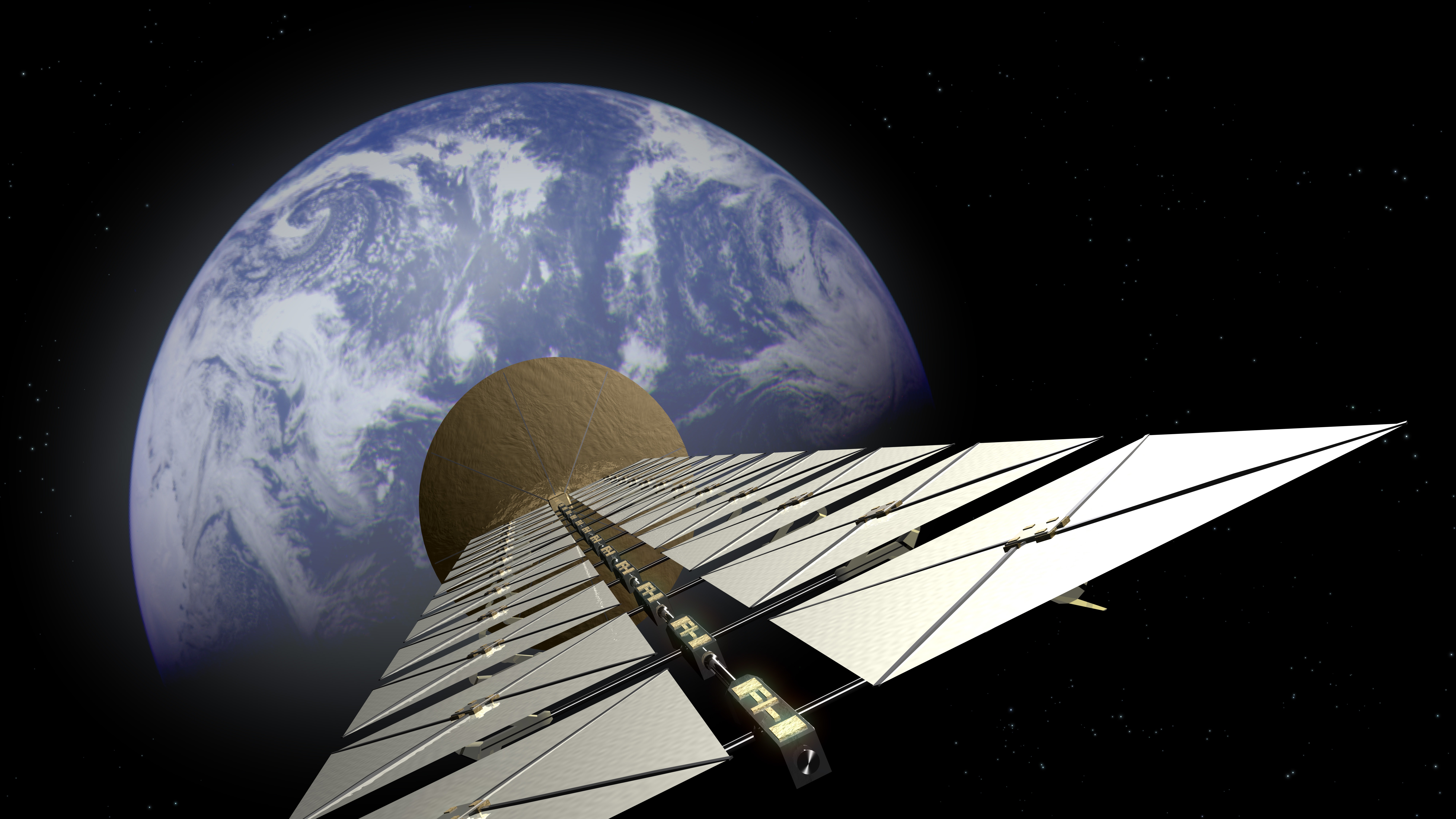
© ESA

© Amazon

© NASA TV

© CSU/CIRA & NOAA

© Future/Paramount Plus

© SYFY

© BBC

© NASA/Goddard Space Flight Center Conceptual Image Lab

© ESA/SpaceX

© Robert Lea (created with Canva)/NASA
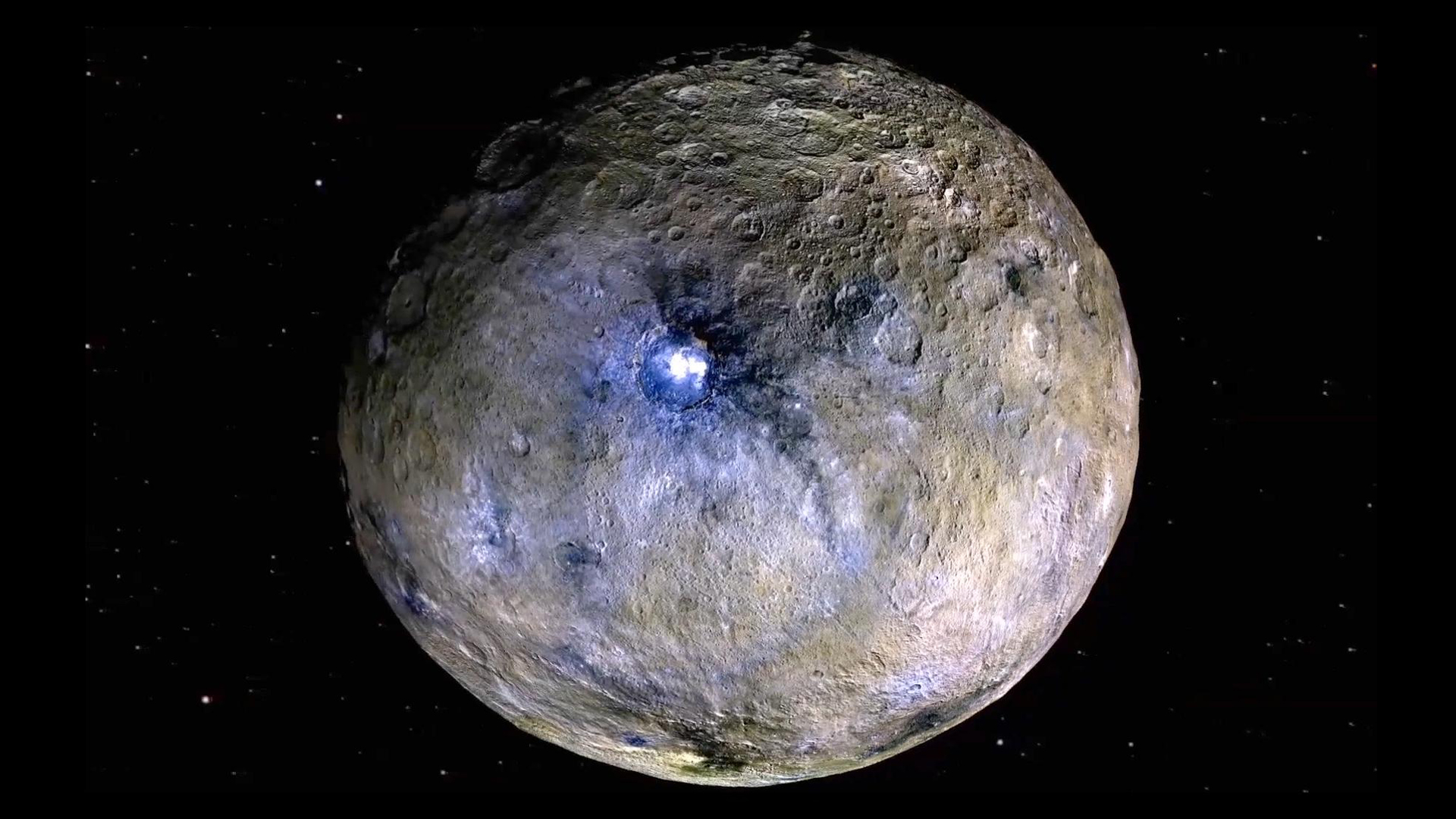
© NASA

© BlissLights

© NASA+

© Celestron

© National Astronomical Observatory of Japan (NAOJ)

© SpaceX

© Jamie Carter

© Future

© NASA

© TWiT
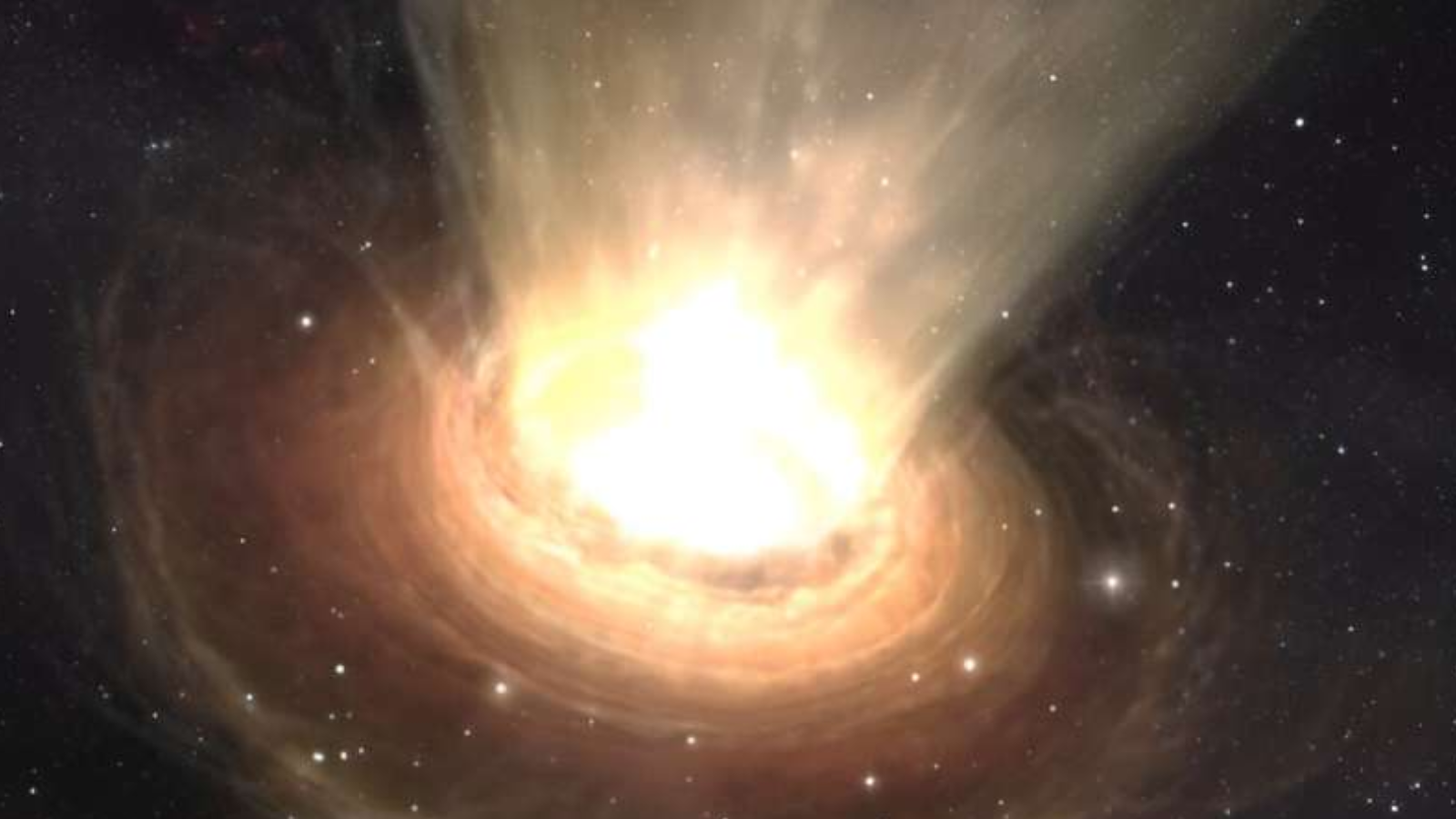
© ESO/M. Kornmesser

© Chris Vaughan/Starry Night

© NASA Earth Observatory

© Blue Origin

© NASA’s Goddard Space Flight Center

© Amazon/Future

© NASA

© CCTV

© NASA/JPL-Caltech

© SpaceX

© United Launch Alliance (ULA)
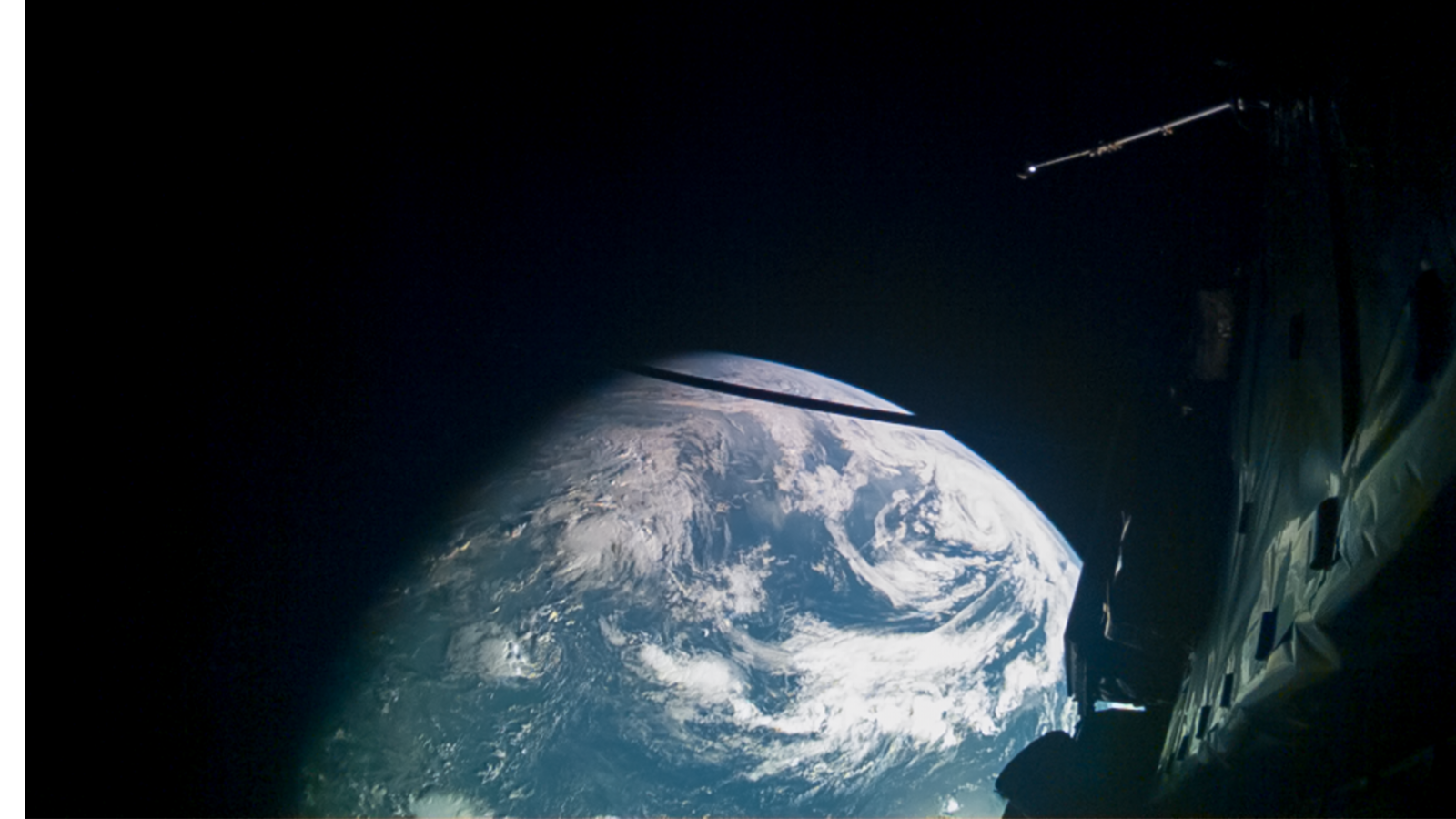
© ESA/Juice/JMC

© NASA, ESA, CSA, STScI, B. Frye (University of Arizona), R. Windhorst (Arizona State University), S. Cohen (Arizona State University), J. D’Silva (University of Western Australia, Perth), A. Koekemoer (Space Telescope Science Institute), J. Summers (Arizona State University).

© NASA/Noah Moran

© ULA

© NASA/JPL-Caltech/MSSS

© Getty Images

© Robert Lea (created with Canva)/NASA

© NASA / SDO and the AIA, EVE, and HMI science teams / helioviewer.org

© Josh Dury

© Purdue University/collectSPACE.com

© NASA

© Mathieu Lewis-Rolland/Getty Images

© Future/Amazon

© NASA/JPL-Caltech

© Juan Mabromata / AFPGetty Images

© ULA

© NASA/SDO and the AIA, EVE, and HMI science teams, helioviewer.org

© NASA/JPL-Caltech

© Chris Vaughan/Starry Night

© Robert Lea (created with Canva)/NASA/JPL-Caltech/UCLA

© SpaceX

© Allexxandar via Getty Images

© SpaceX

© CCTV

© CTIO/NOIRLab/DOE/NSF/AURA

© Abhijit Patil

© NASA/Jim Spann

© NASA/JPL-Caltech

© NASA/Johns Hopkins APL/Mike Yakovlev

© ESO/M. Kornmesser

© United States Space Force

© David McNew / Stringer via Getty Images

© Yao-Yuan Mao (University of Utah)/DESI Legacy Surveys Sky Viewer

© NASA/ESA–T. Pesquet

© Vincent van Gogh

© ULA

© ESO/VPHAS+ team. Acknowledgement: CASU

© NASA/Bill Dunford

© LUIS ACOSTA/AFP via Getty Images
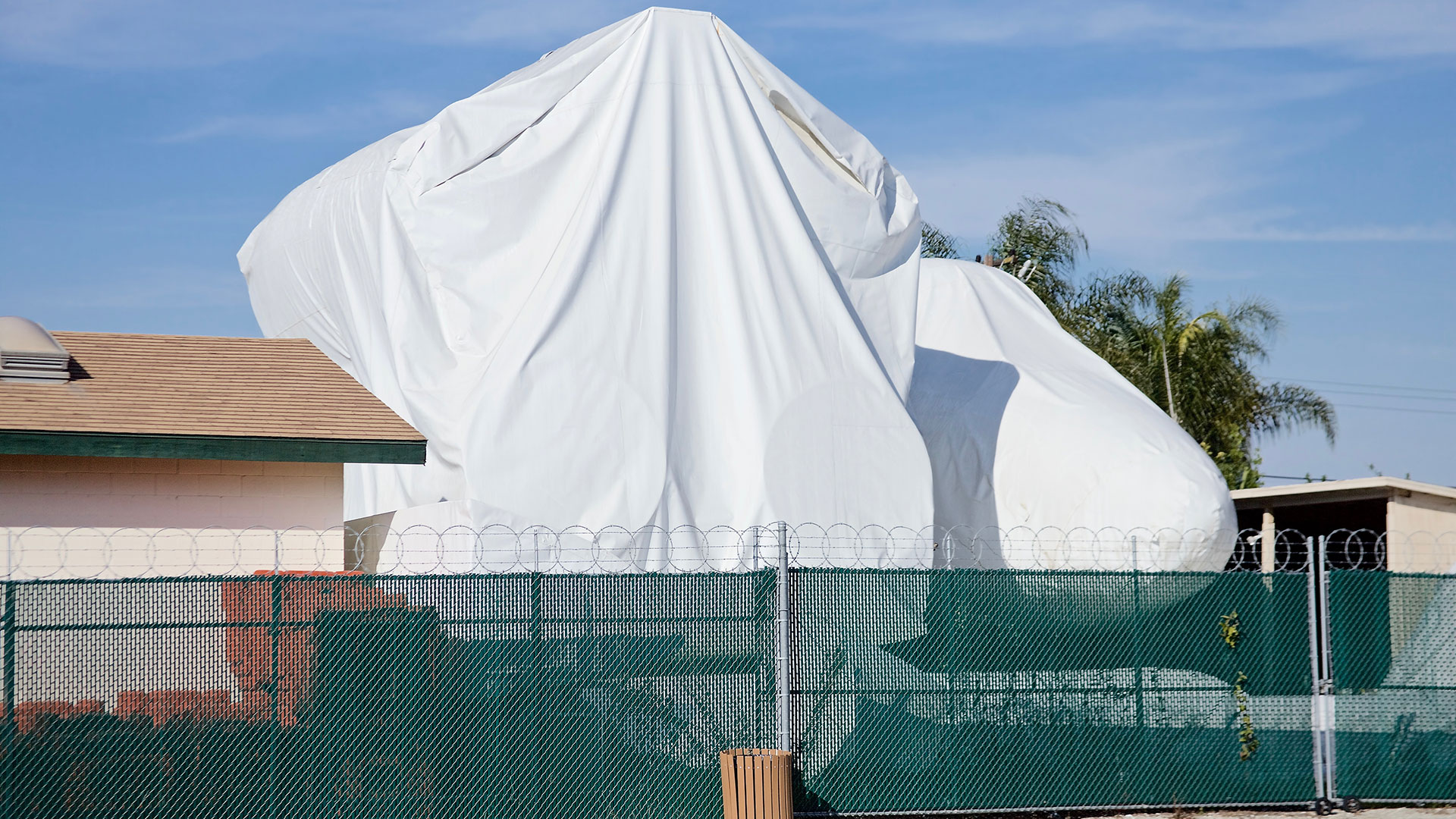
© Shoreline Films via collectSPACE.com

© X-ray: NASA/CXC/Xiamen Univ./C. Ge; Optical: DESI collaboration; Image Processing: NASA/CXC/SAO/N. Wolk

© NASA, ESA, Joseph Olmsted (STScI)

© Sergi Reboredo/VW Pics/Universal Images Group via Getty Images
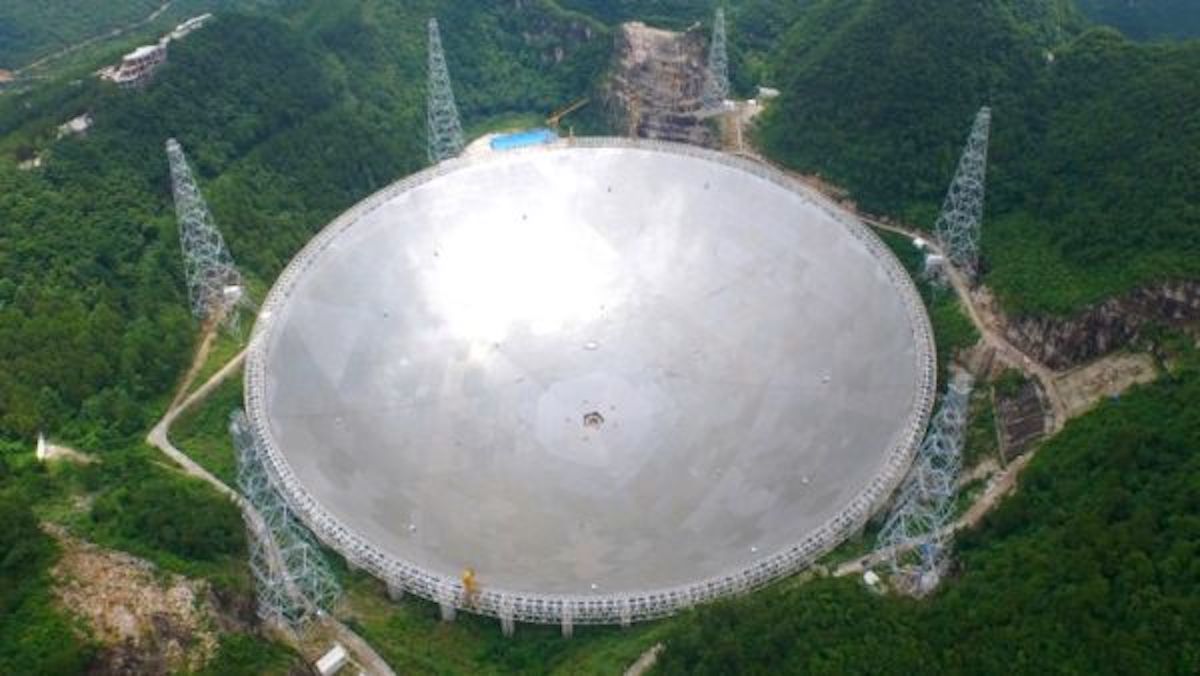
© NAO/FAST

© NASA/Don Pettit

© Eiman Jahangir
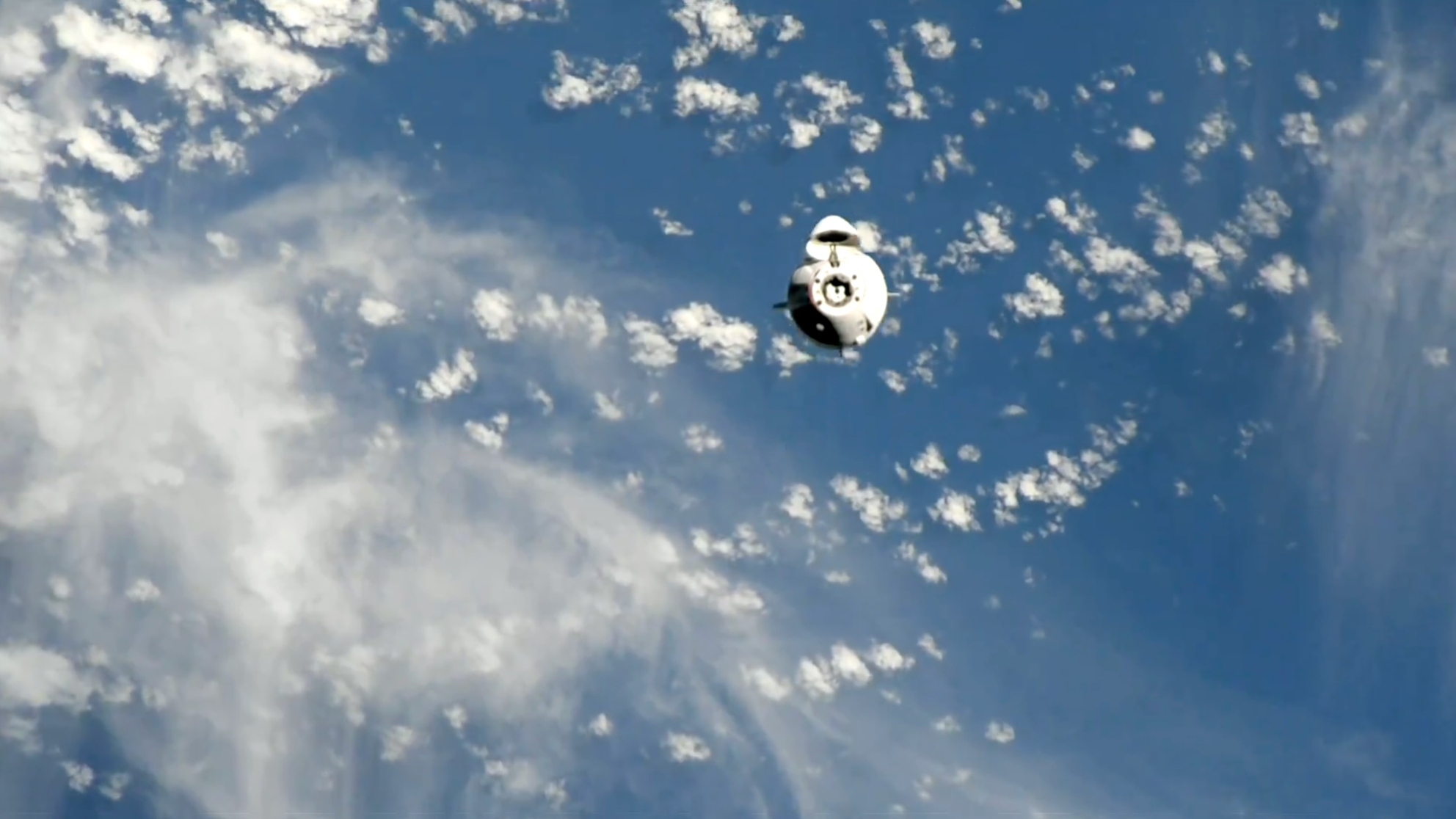
© SpaceX

© Kimberley Lane

© NASA/Conceptual Image Lab/Goddard Space Flight Center

© SpaceX

© NASA TV

© NASA TV

© TWiT

© Robert Lea (created with Canva)

© Space.com / Josh Dinner

© SpaceX
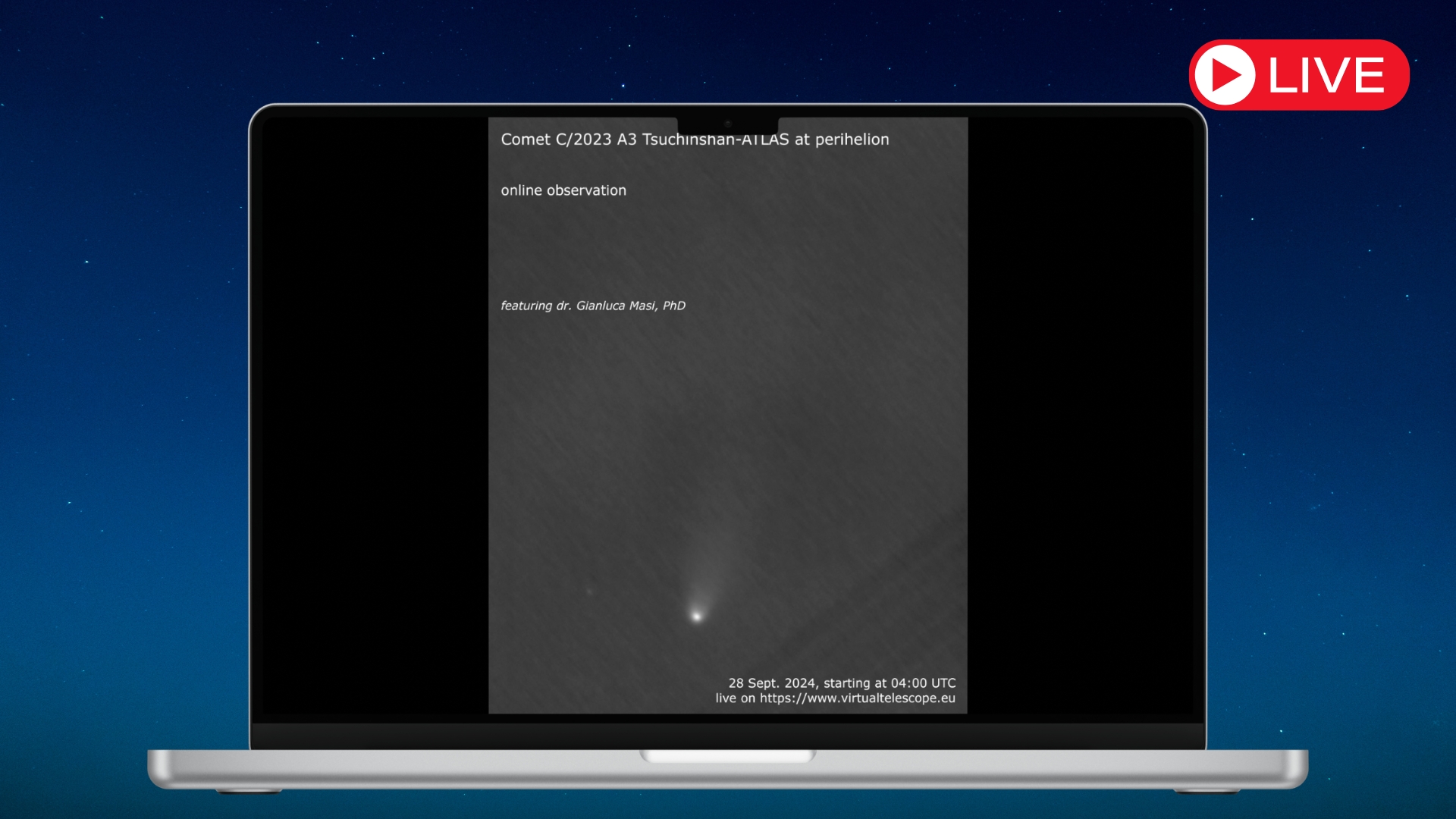
© Gianluca Masi/Virtual Telescope Project, furnished in Canva by Daisy Dobrijevic

© Lego Ideas

© Costfoto/NurPhoto via Getty Images

© CCTV

© Chris Schur (www.schursastrophotography.com)

© Bethesda Game Studio

© NOAA

© Legacy Effects

© ESA/Hubble & NASA, D. Thilker, J. Lee and the PHANGS-HST Team

© James Abbott
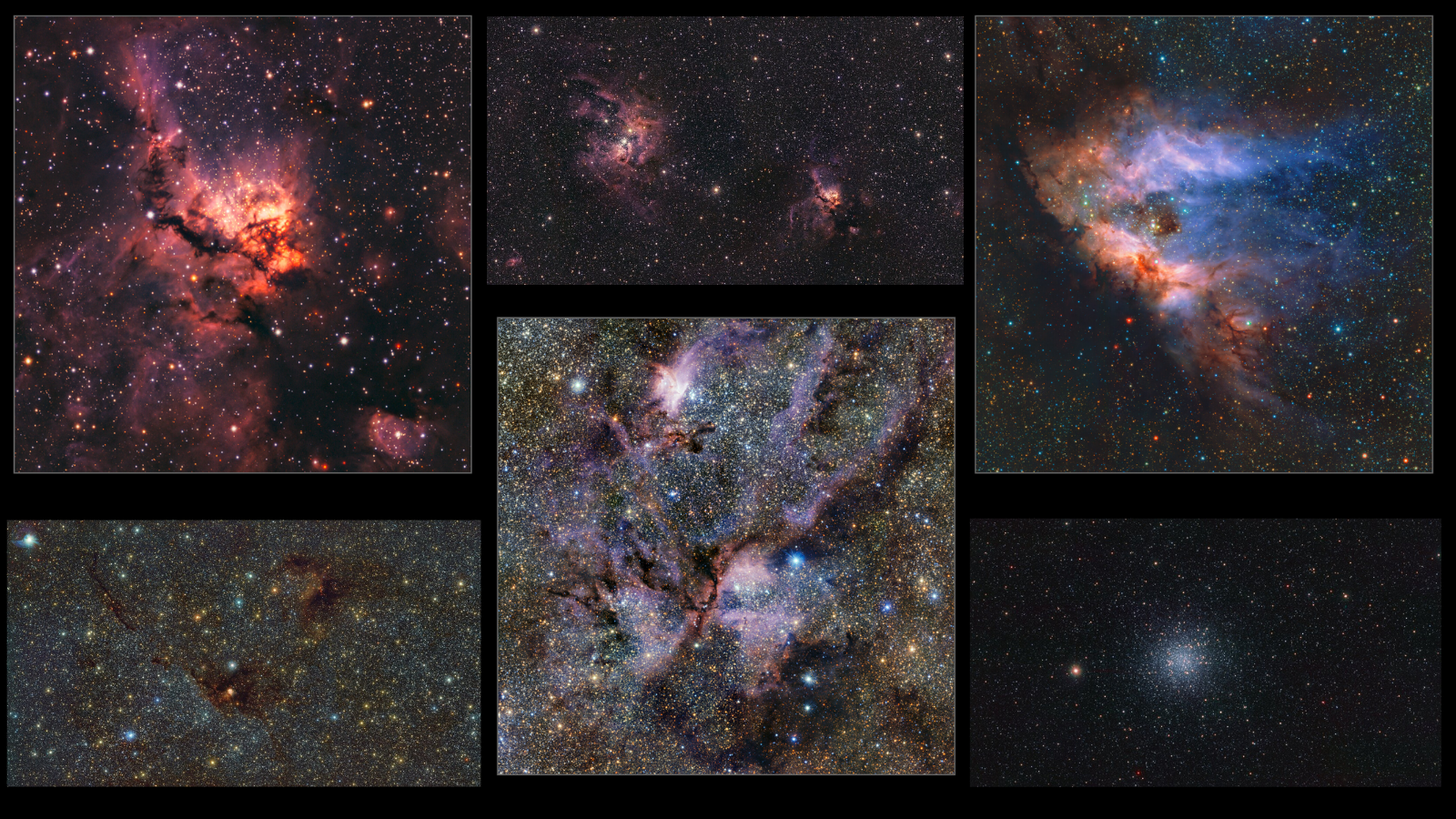
© ESO/VVVX survey

© NASA/ESA/M. Hayes (Stockholm University)/J. DePasquale (STScI)

© ESA/D. Ducros

© SpaceX

© Robert Lea (created with Canva)

© NASA, ESA, CSA, STScI, Alex Cameron (Oxford)
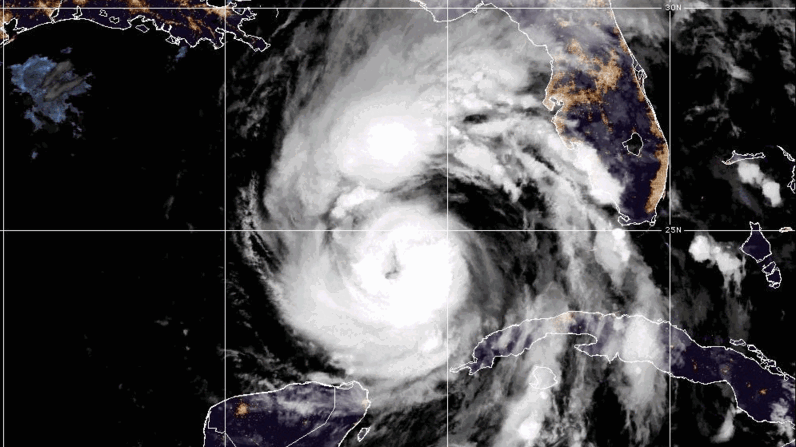
© NOAA/NESDIS/STAR

© NASA+

© DuPont/NASA

© NASA/Keegan Barber

© NASA/Joel Kowsky
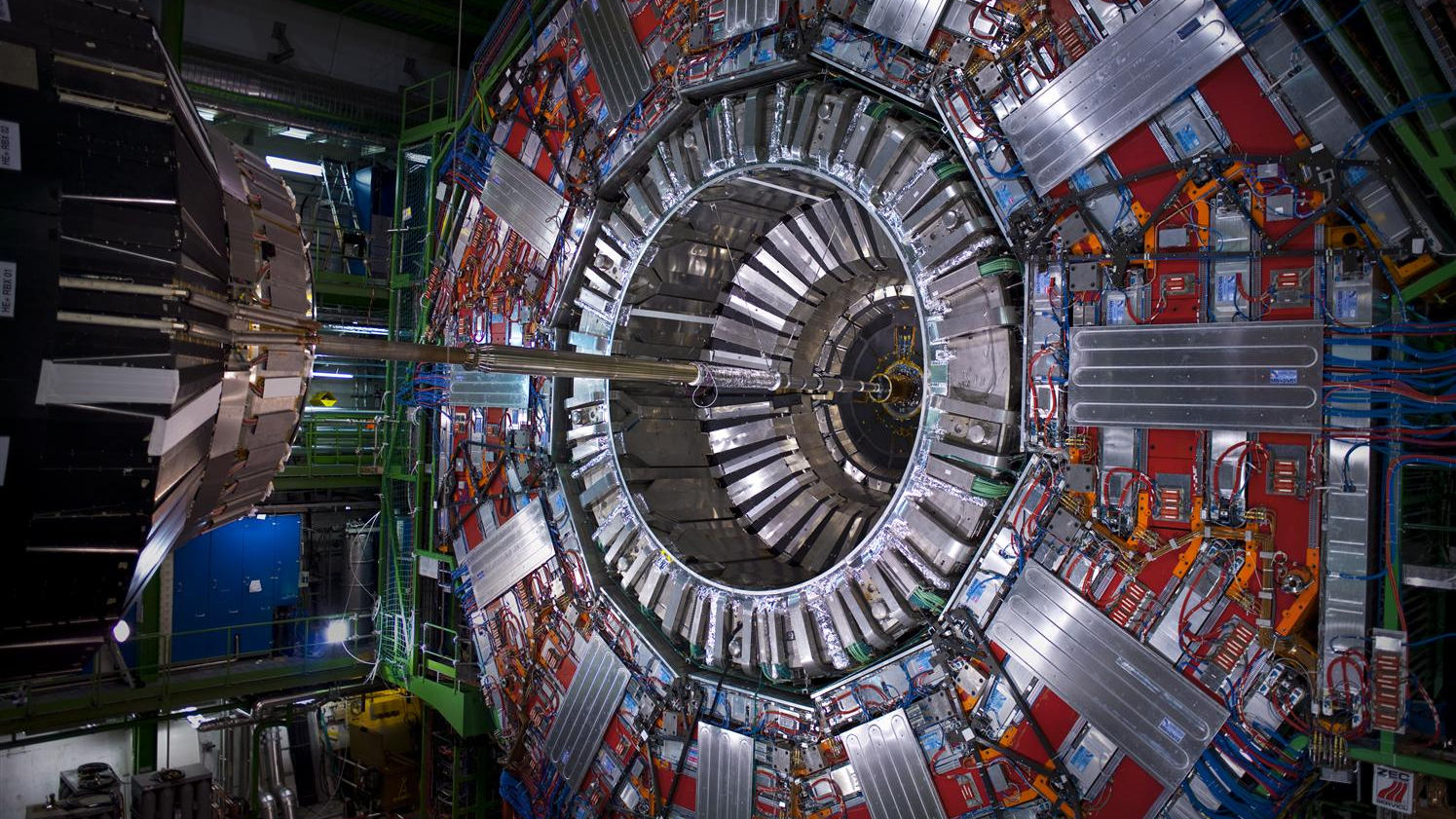
© CERN/Maximilien Brice

© Sergio Pitamitz / robertharding via Getty Images

© NASA

© Robert Lea (created with Canva)

© NASA/JPL-Caltech

© Mitsubishi Heavy Industries via X
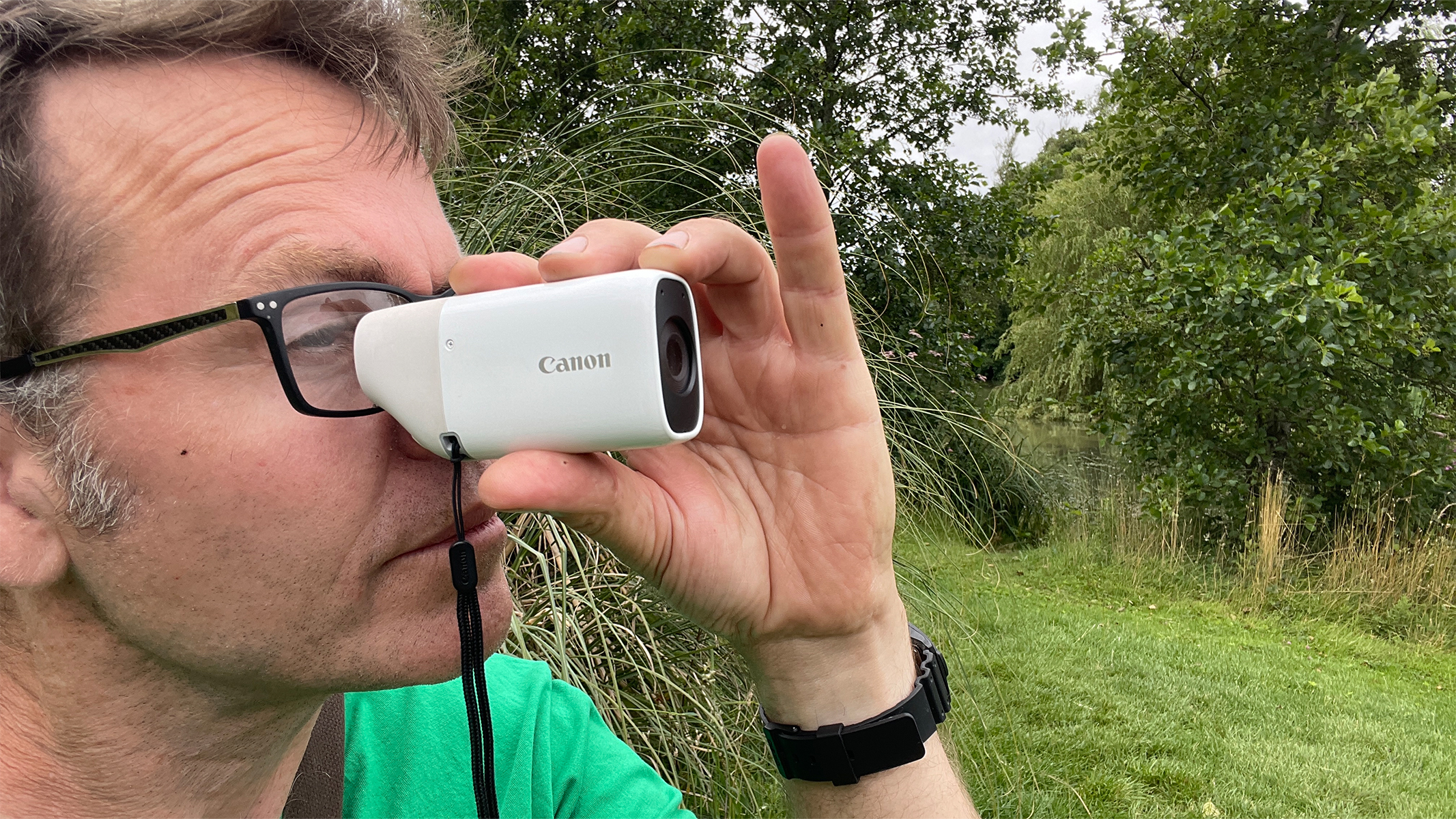
© Matt Morris
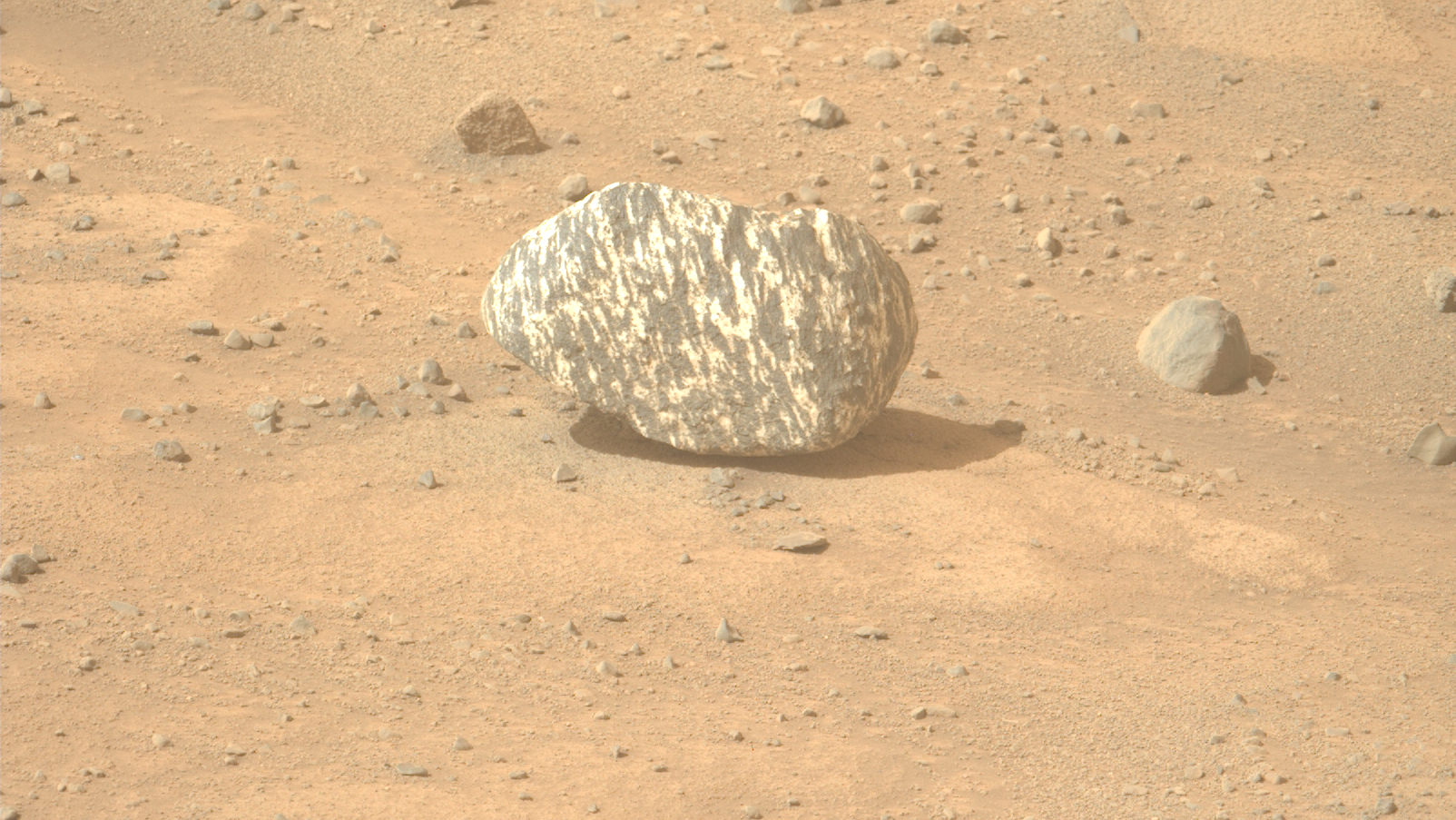
© NASA/JPL–Caltech/ASU

© Blue Origin

© Kevin Dietsch/Getty Images
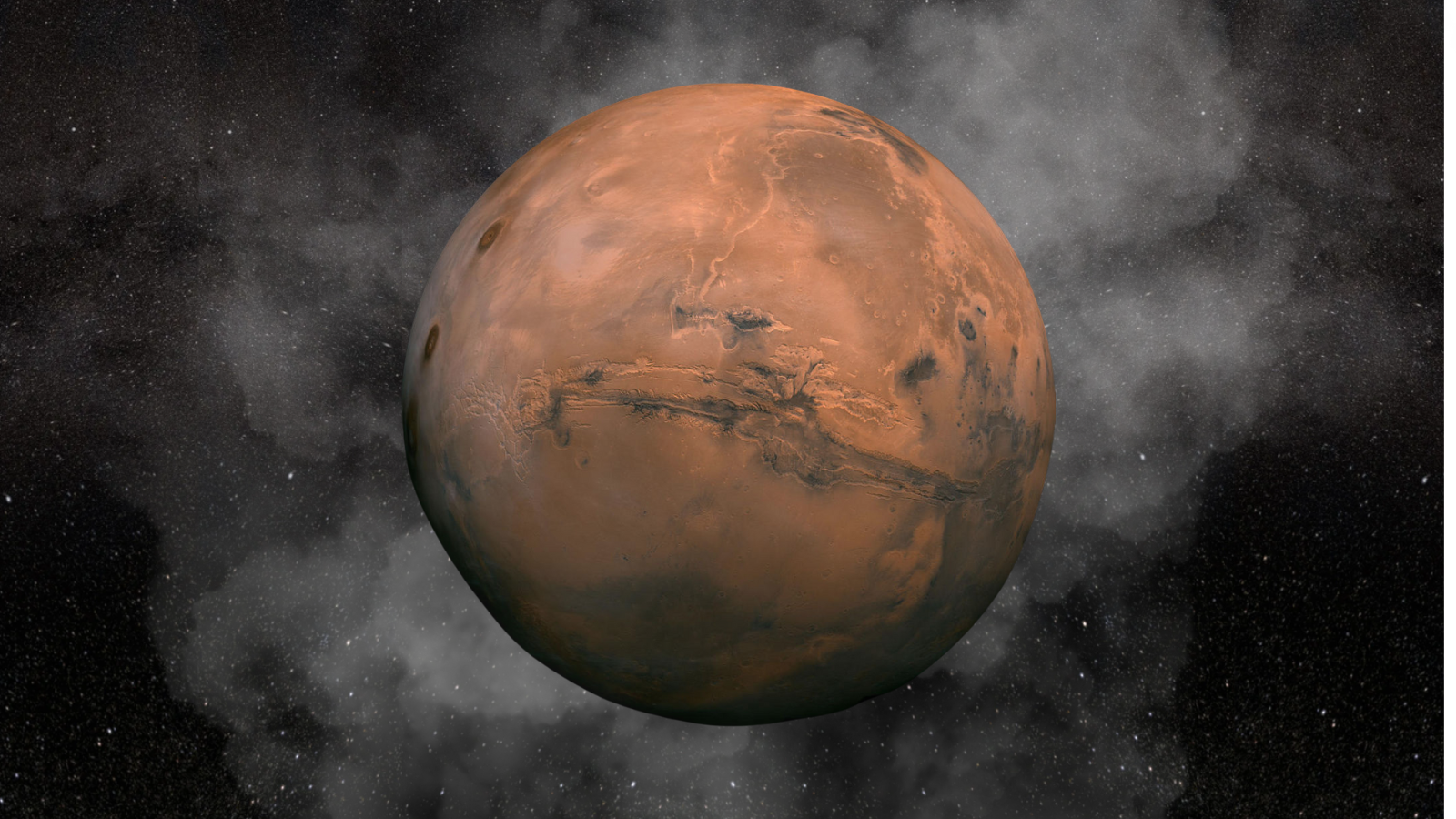
© Robert Lea (created with Canva)/NASA

© NOAA/NESDIS/STAR

© Marvel Comics
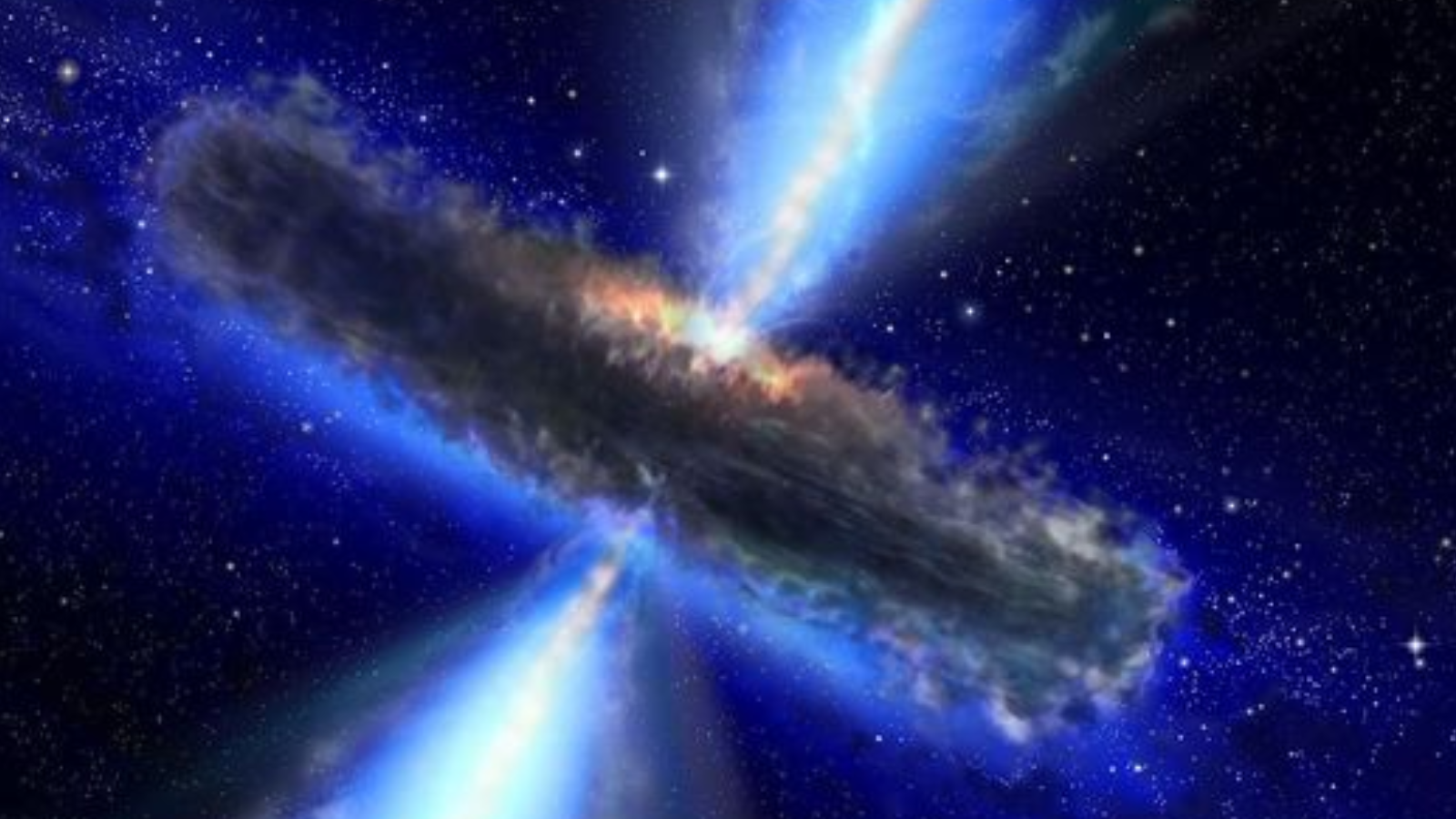
© NASA/ESA

© Artists Concept of the WASP-77 A b system, NASA Exoplanet Catalog

© NASA, ESA, CSA, Ralf Crawford (STScI)

© Tantse Walter
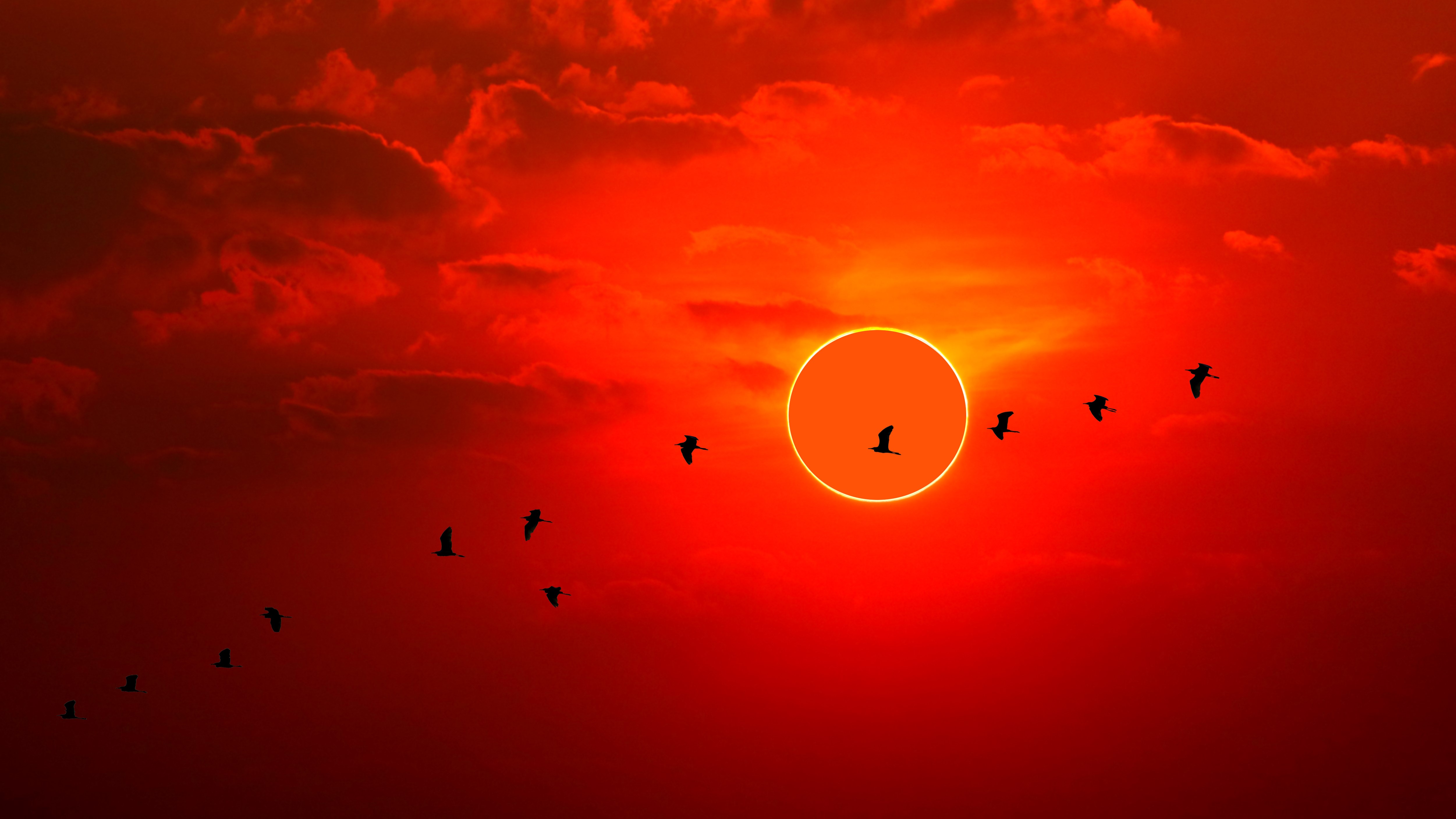
© Chayanan via Getty Images

© SpaceX

© Linus Platt/Getty Images

© SpaceX

© BRENDAN SMIALOWSKI/AFP via Getty Images

© Saber Interactive

© SpaceX via X

© Helioviewer.org

© Marvel Comics
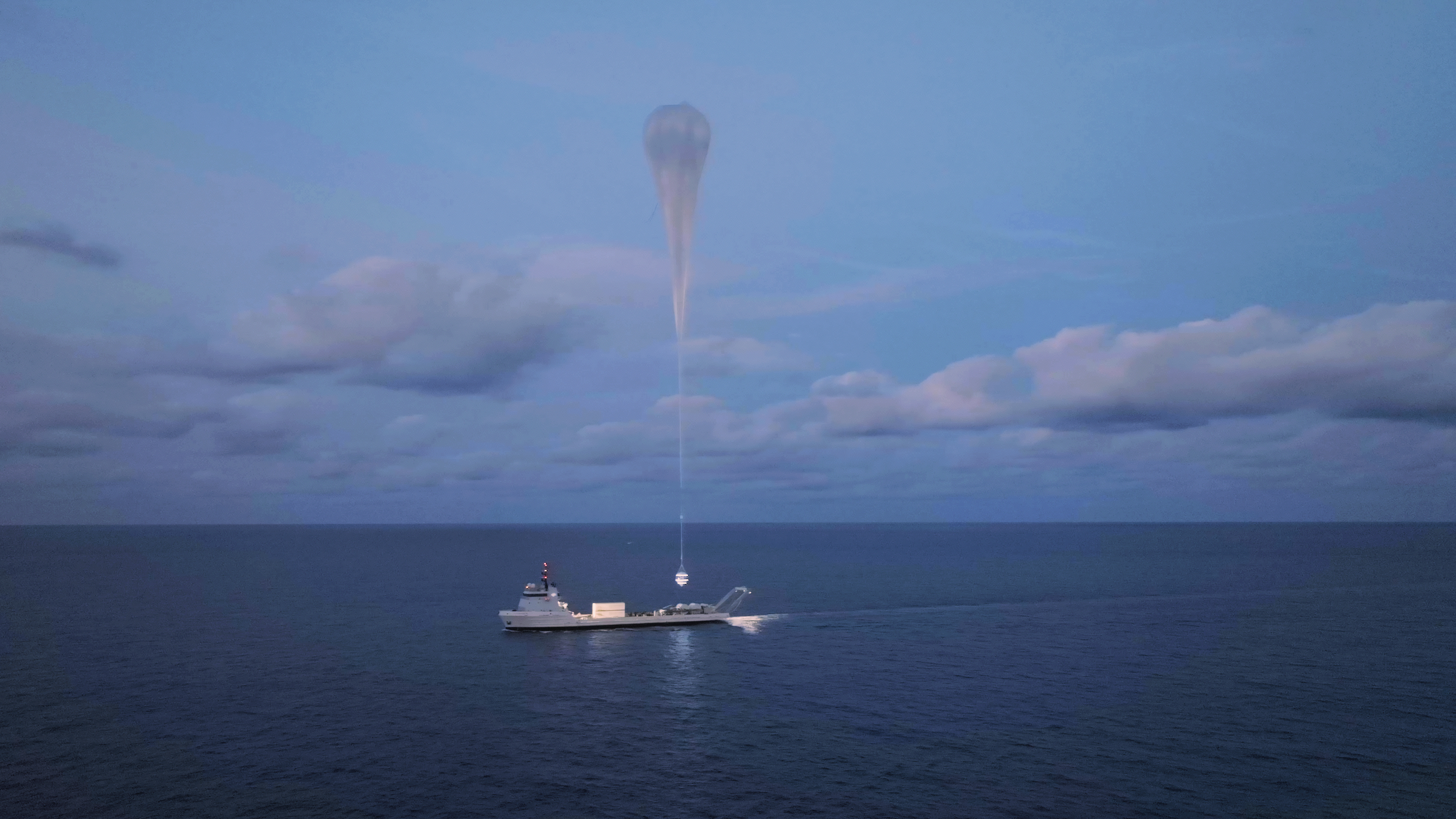
© Space Perspective

© Felix Schöfbänker

© NASA

© NASA

© Robert Lea (created with Canva)

© Elon Musk via X

© CCTV

© SCIEPRO/Getty Images

© NASA/JPL-Caltech/ASU
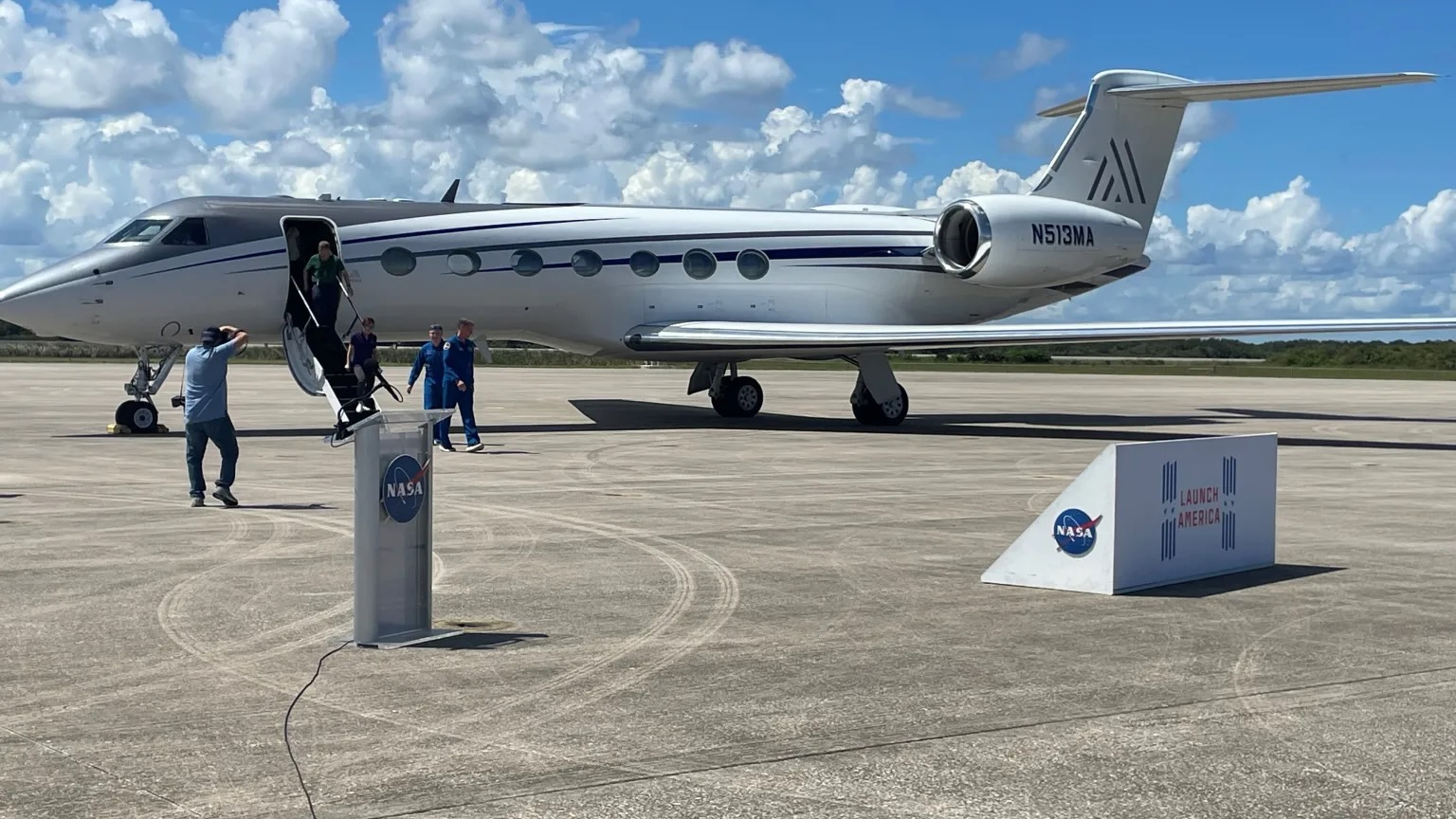
© Danielle Sempsrott/NASA